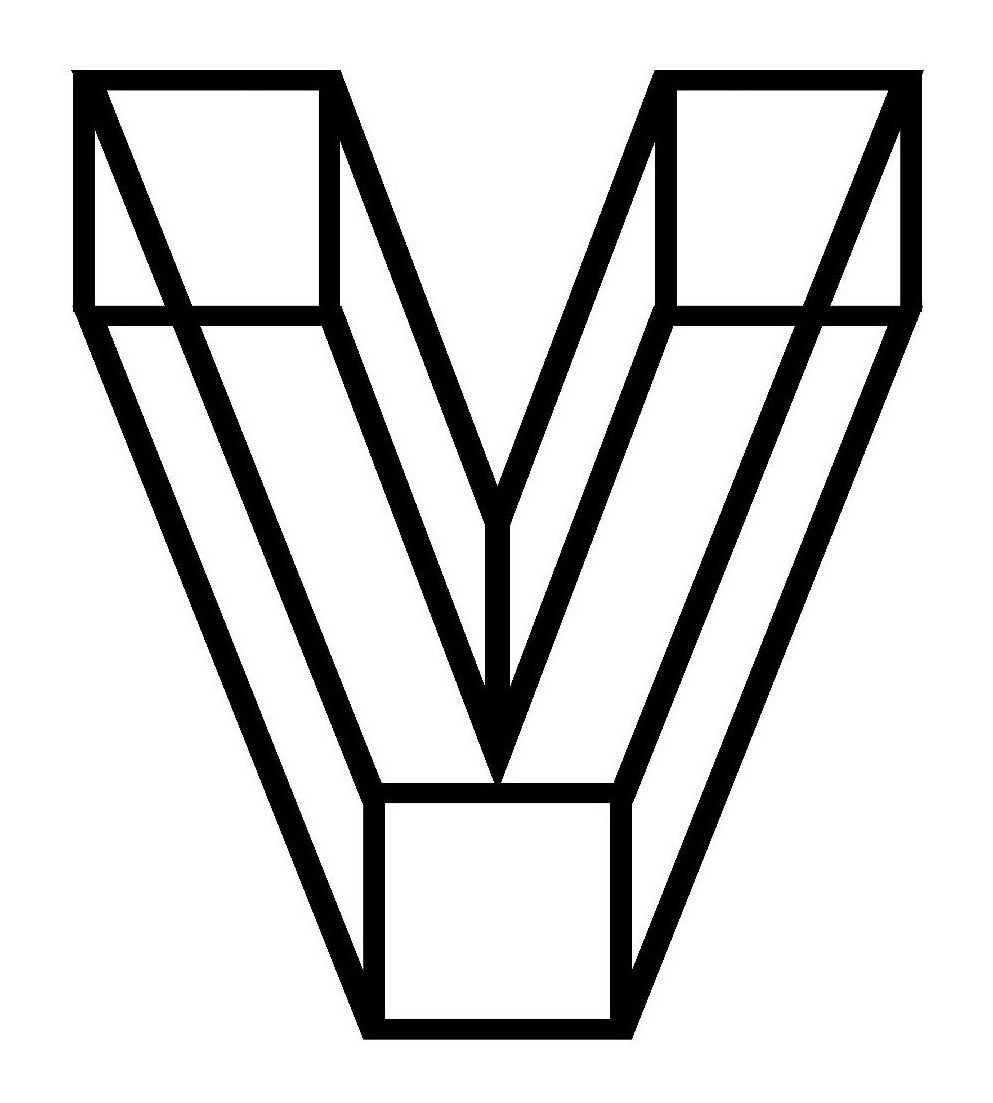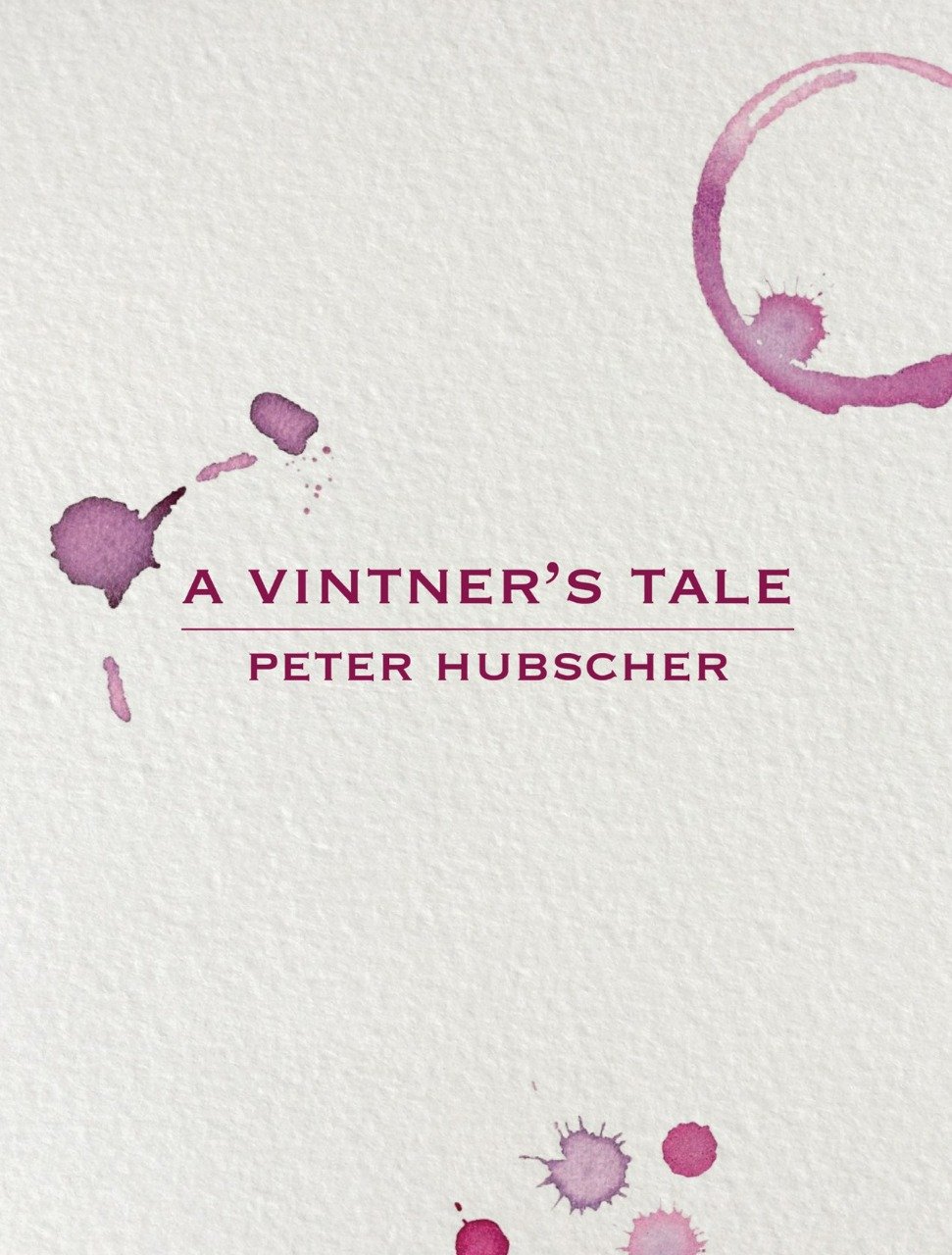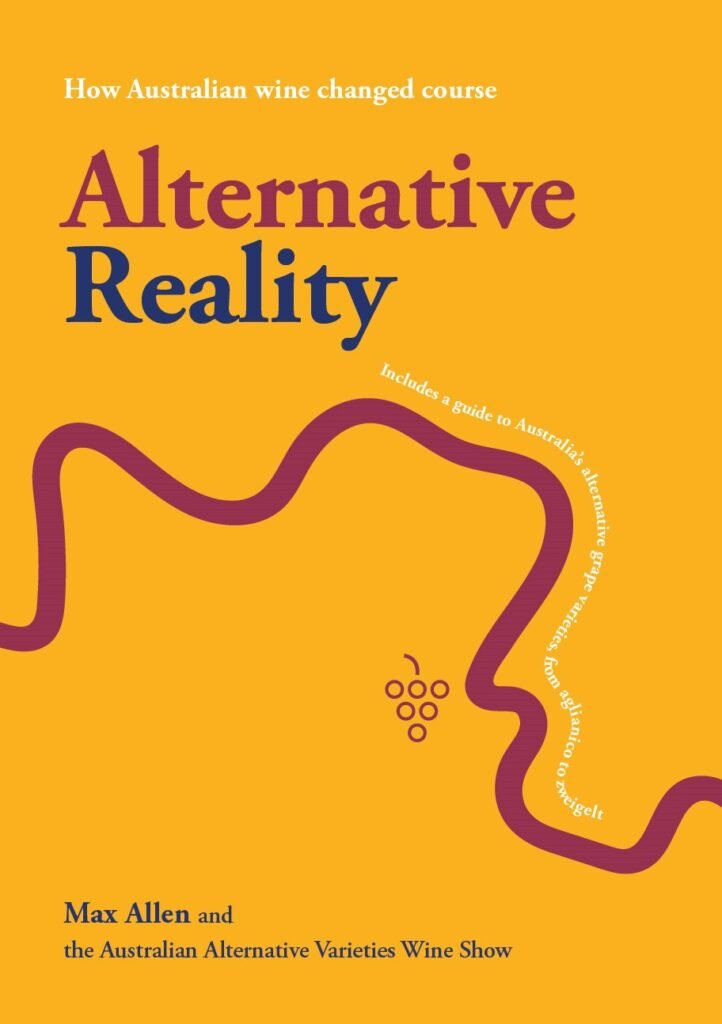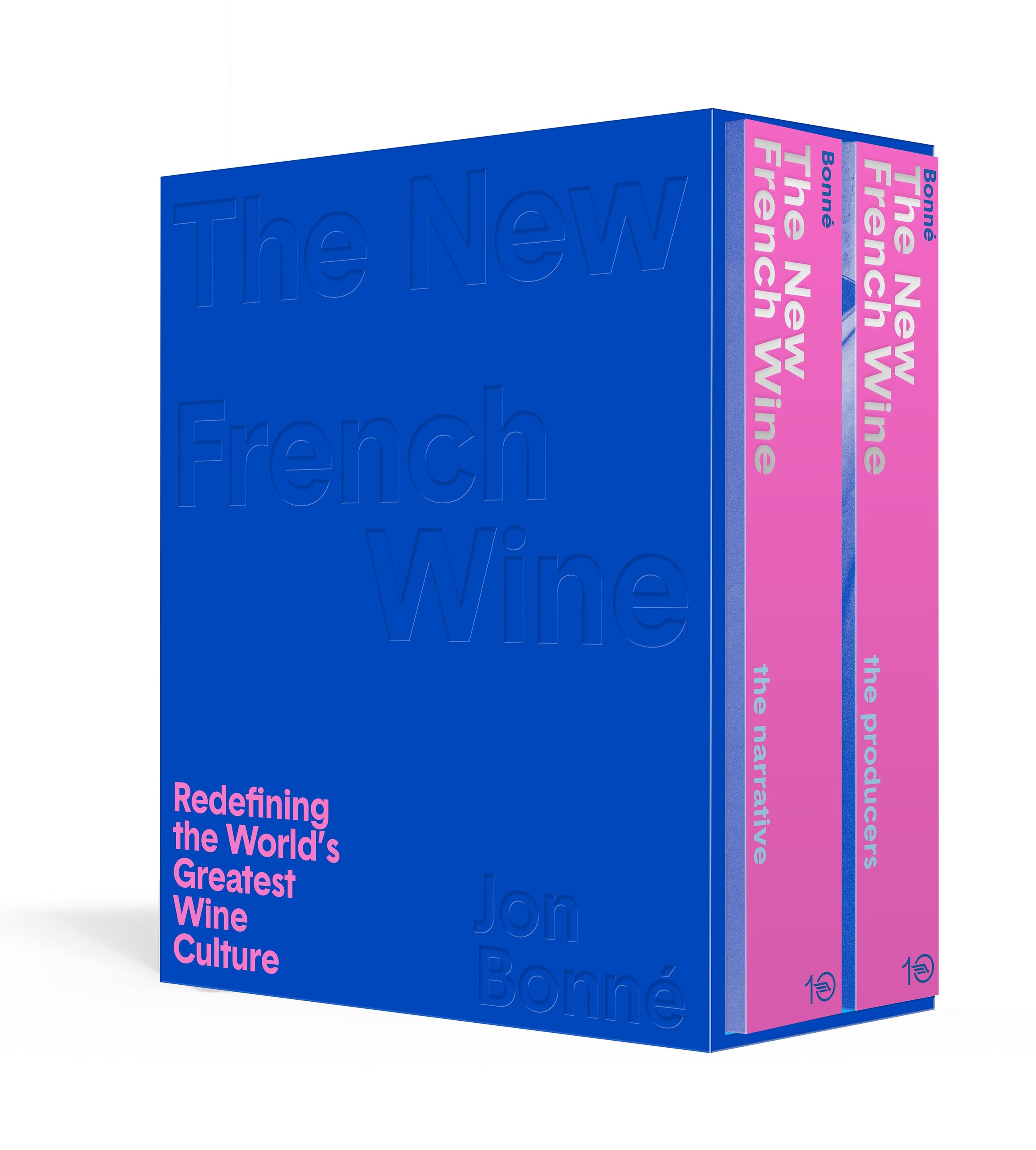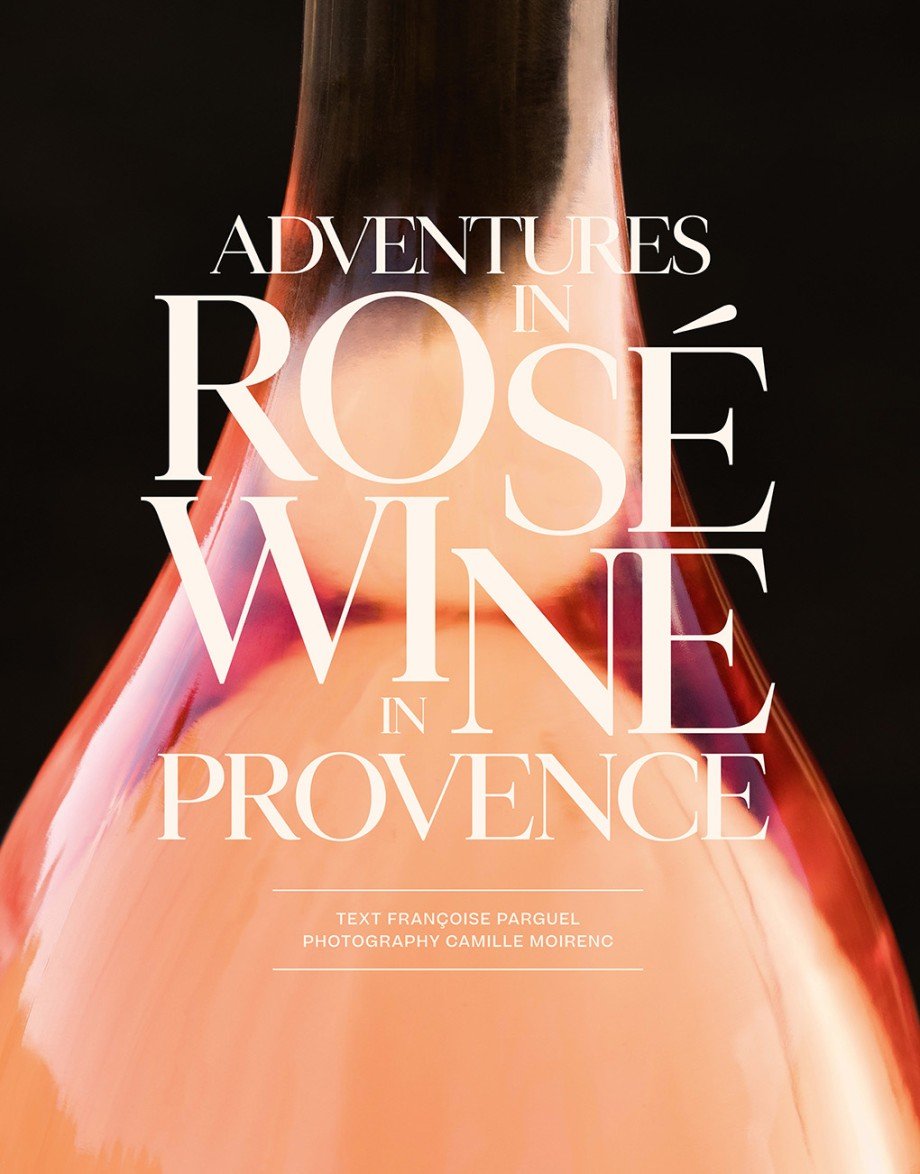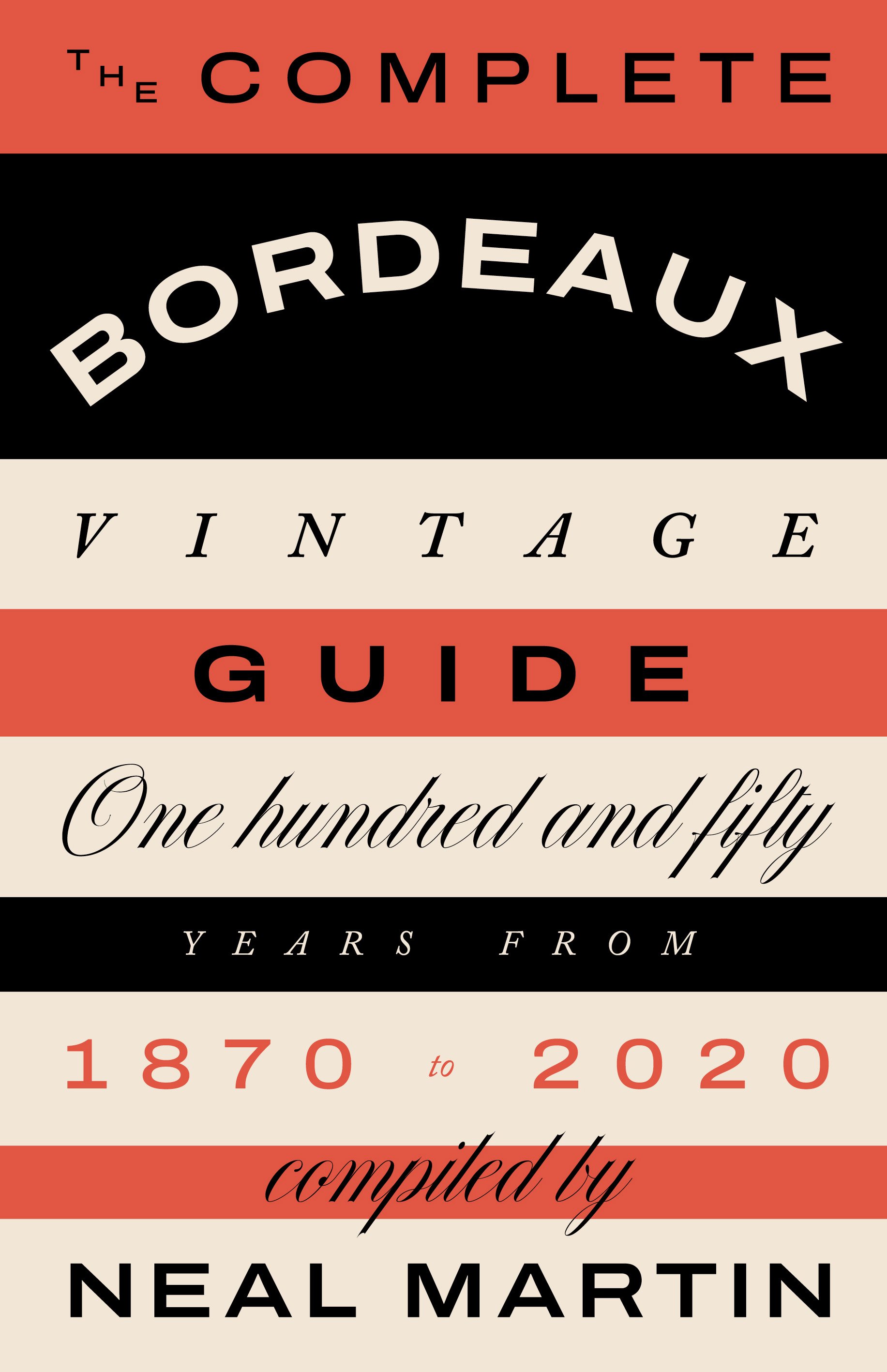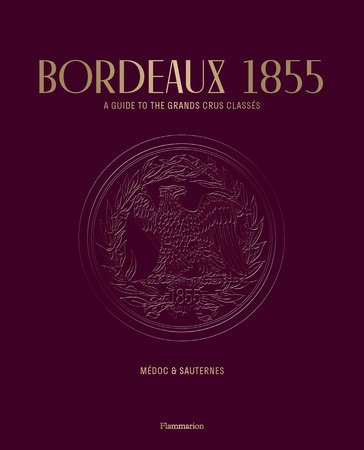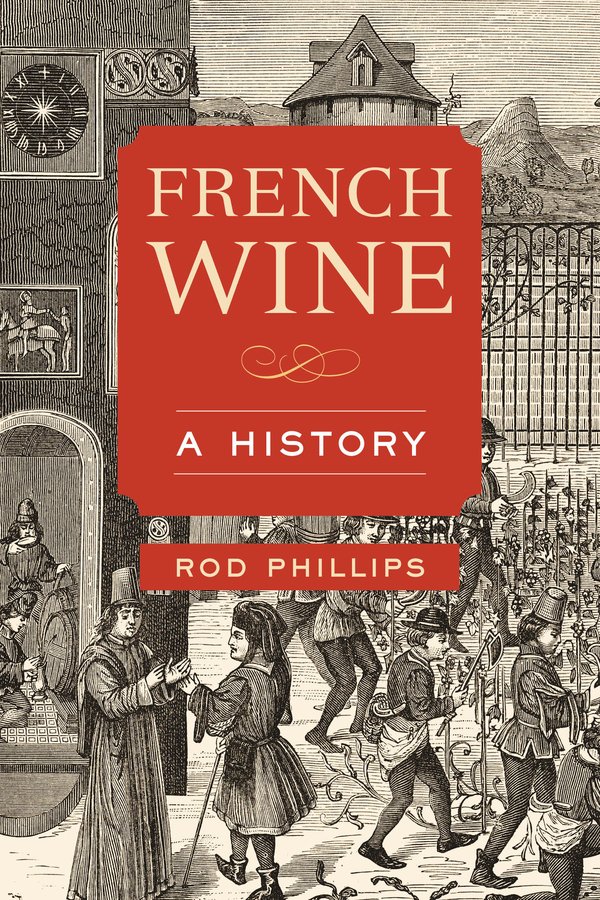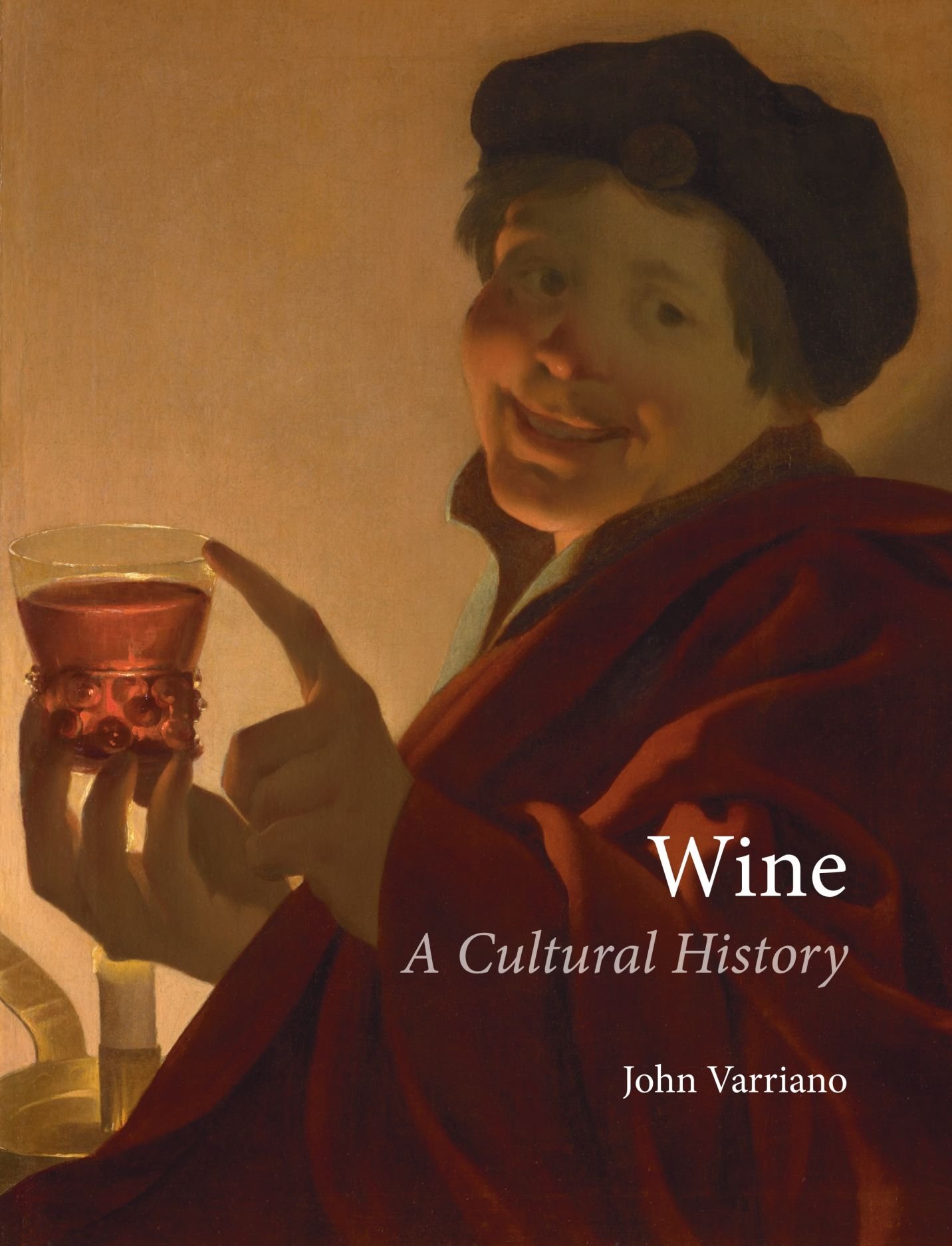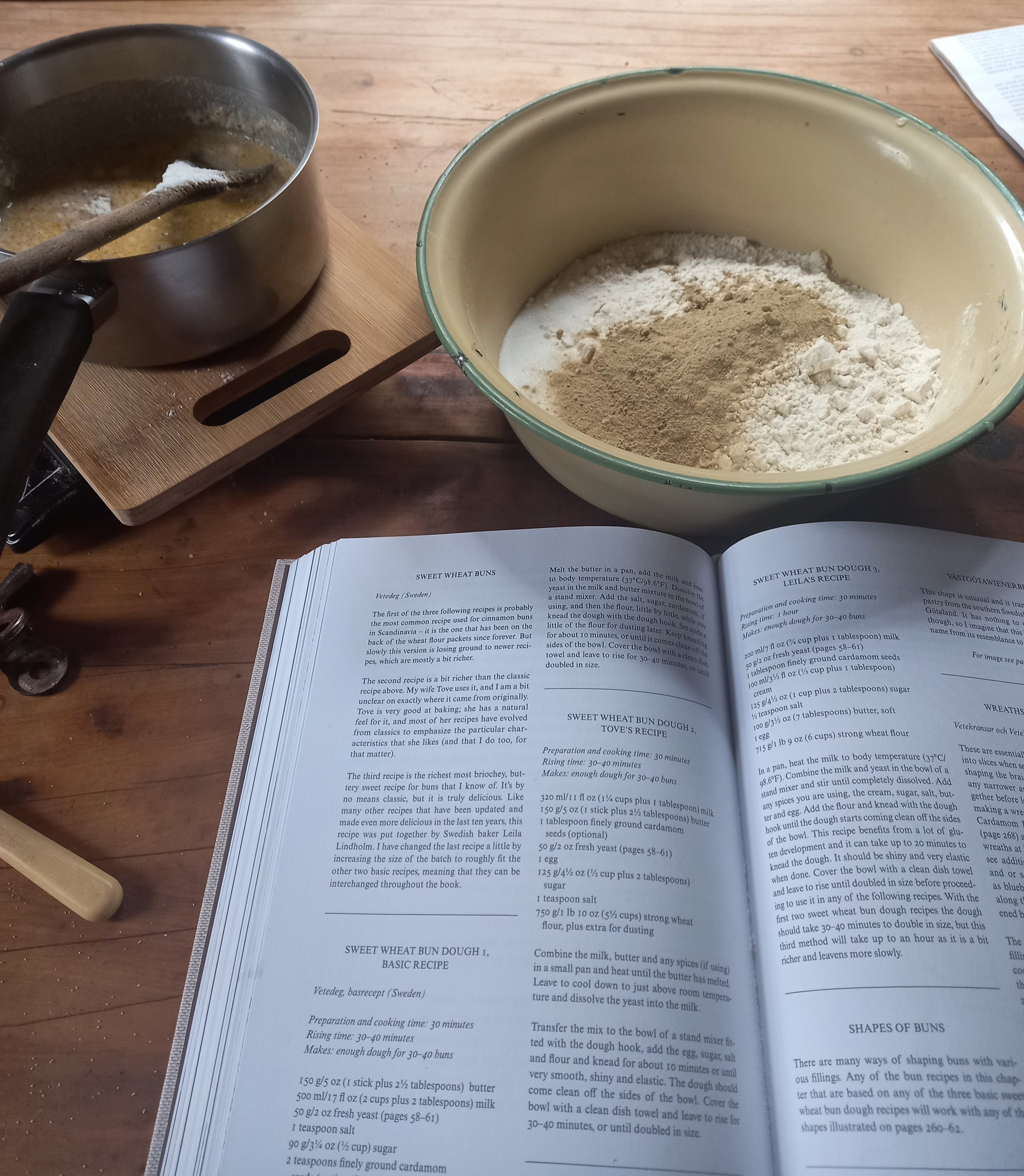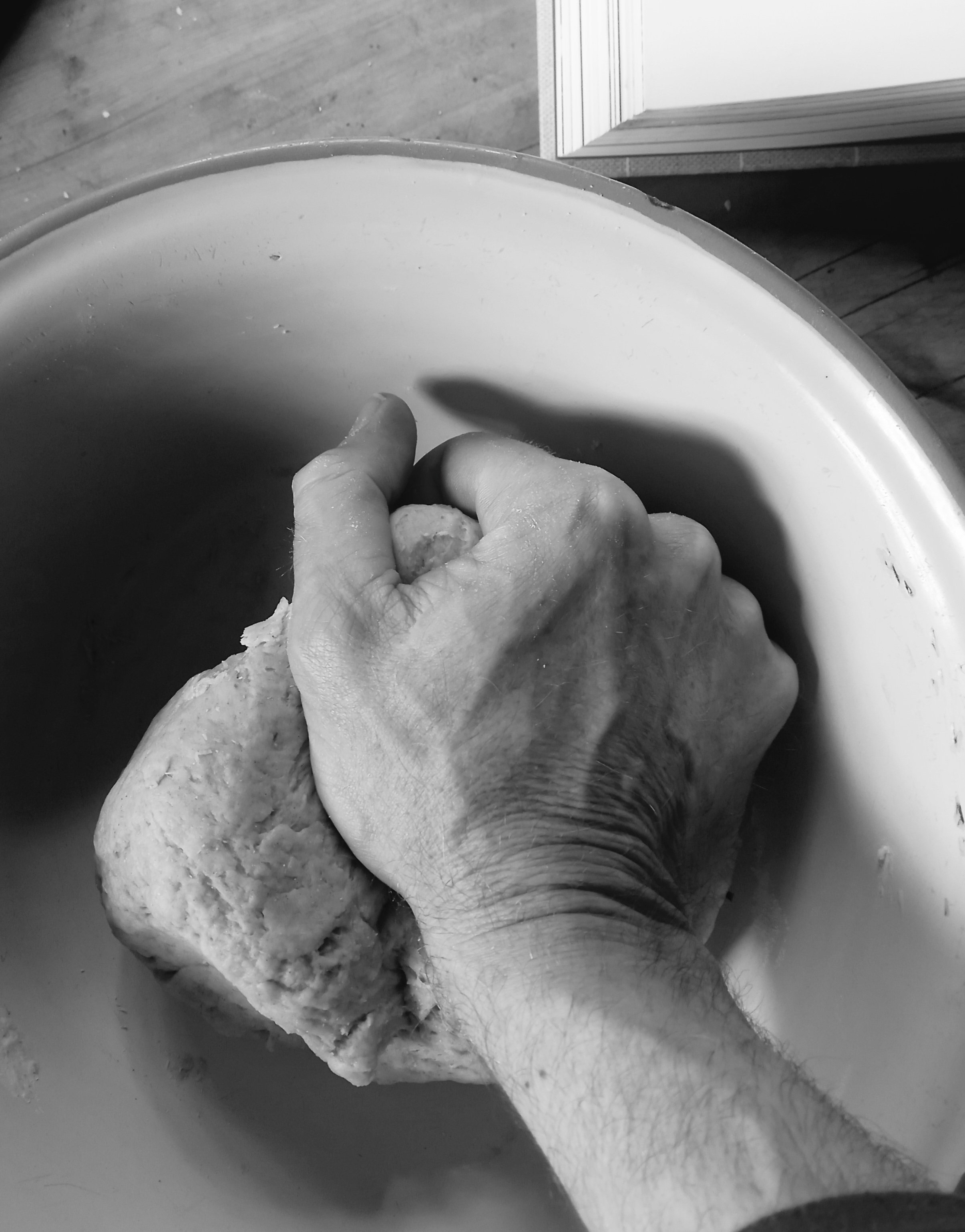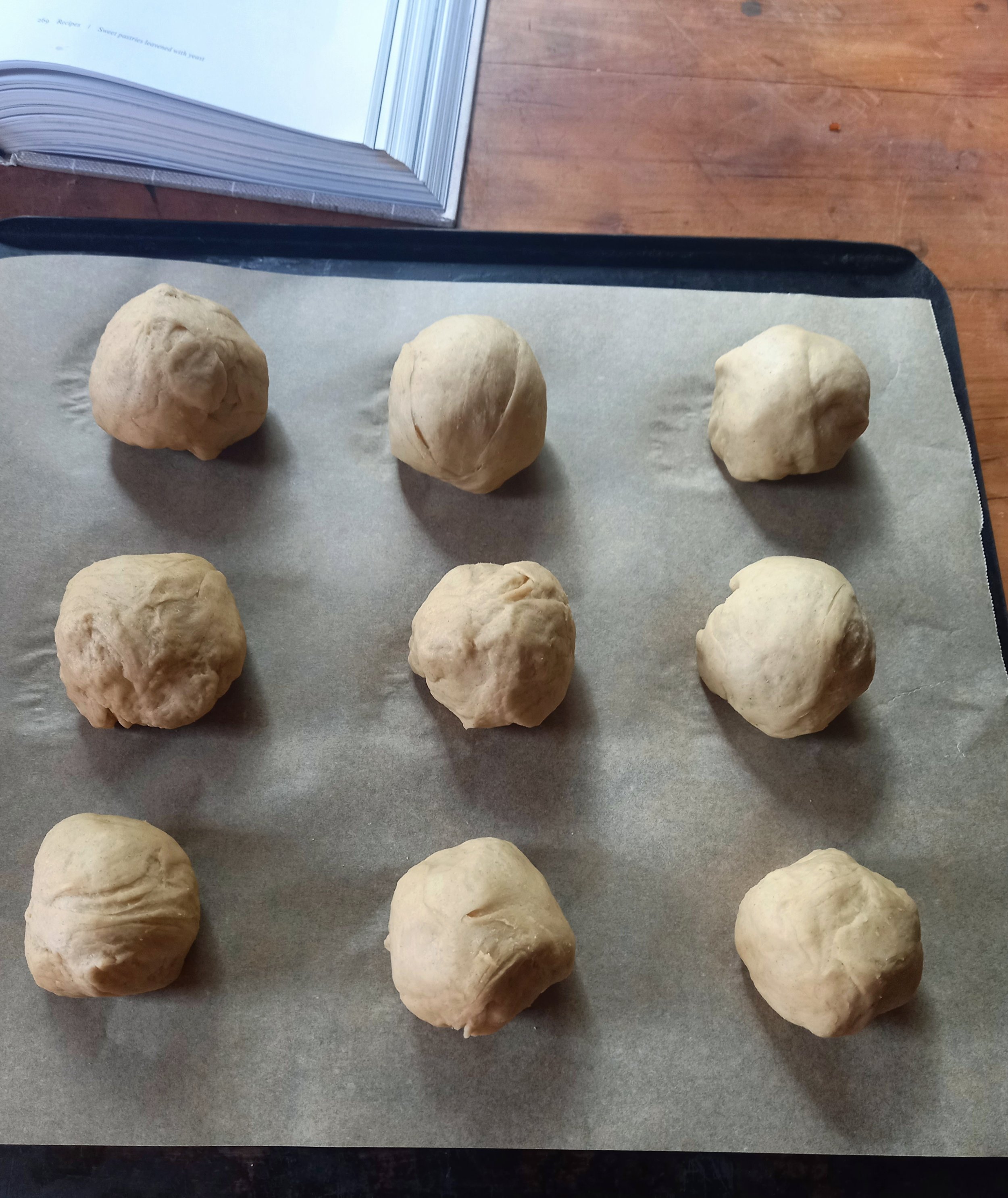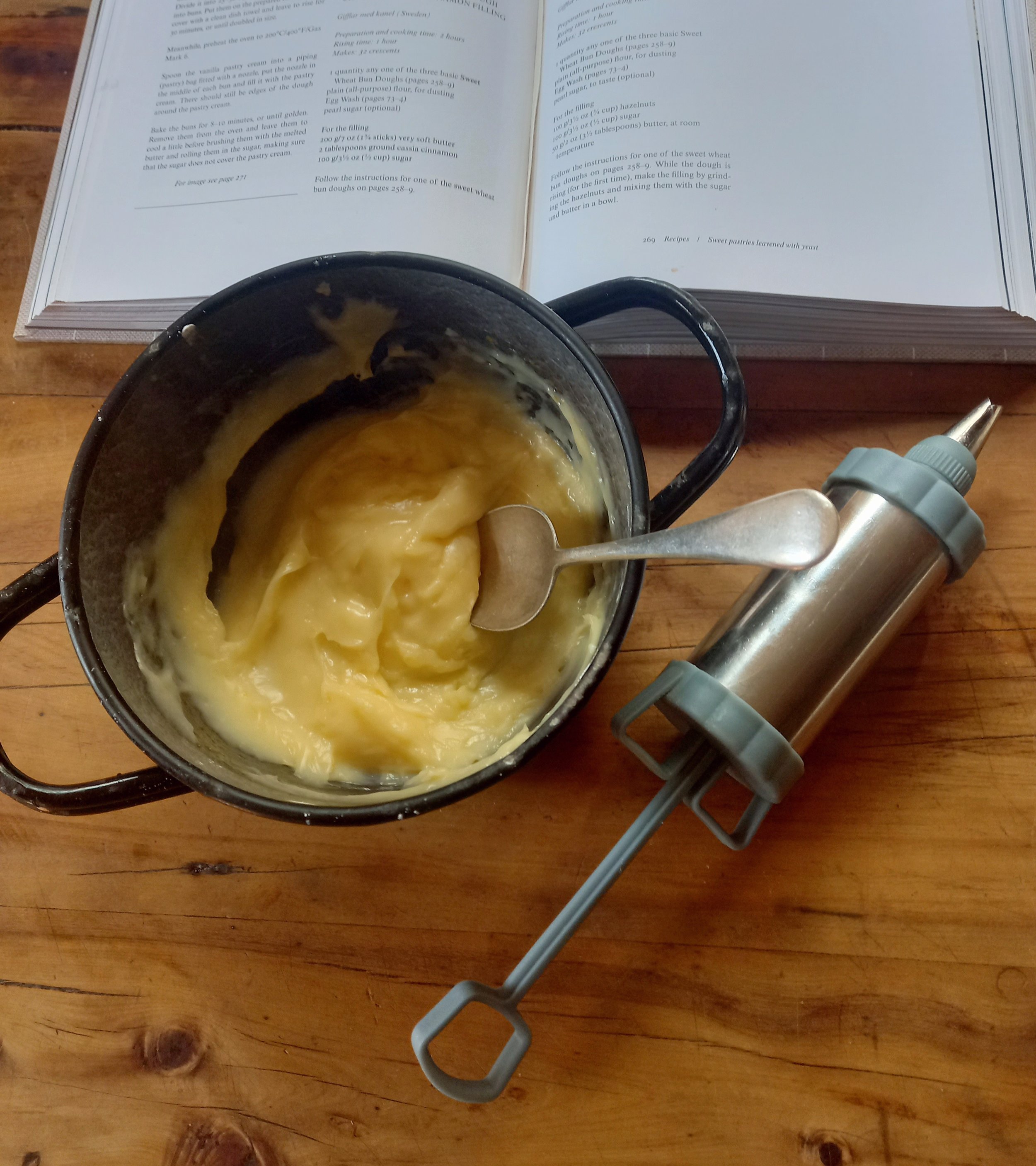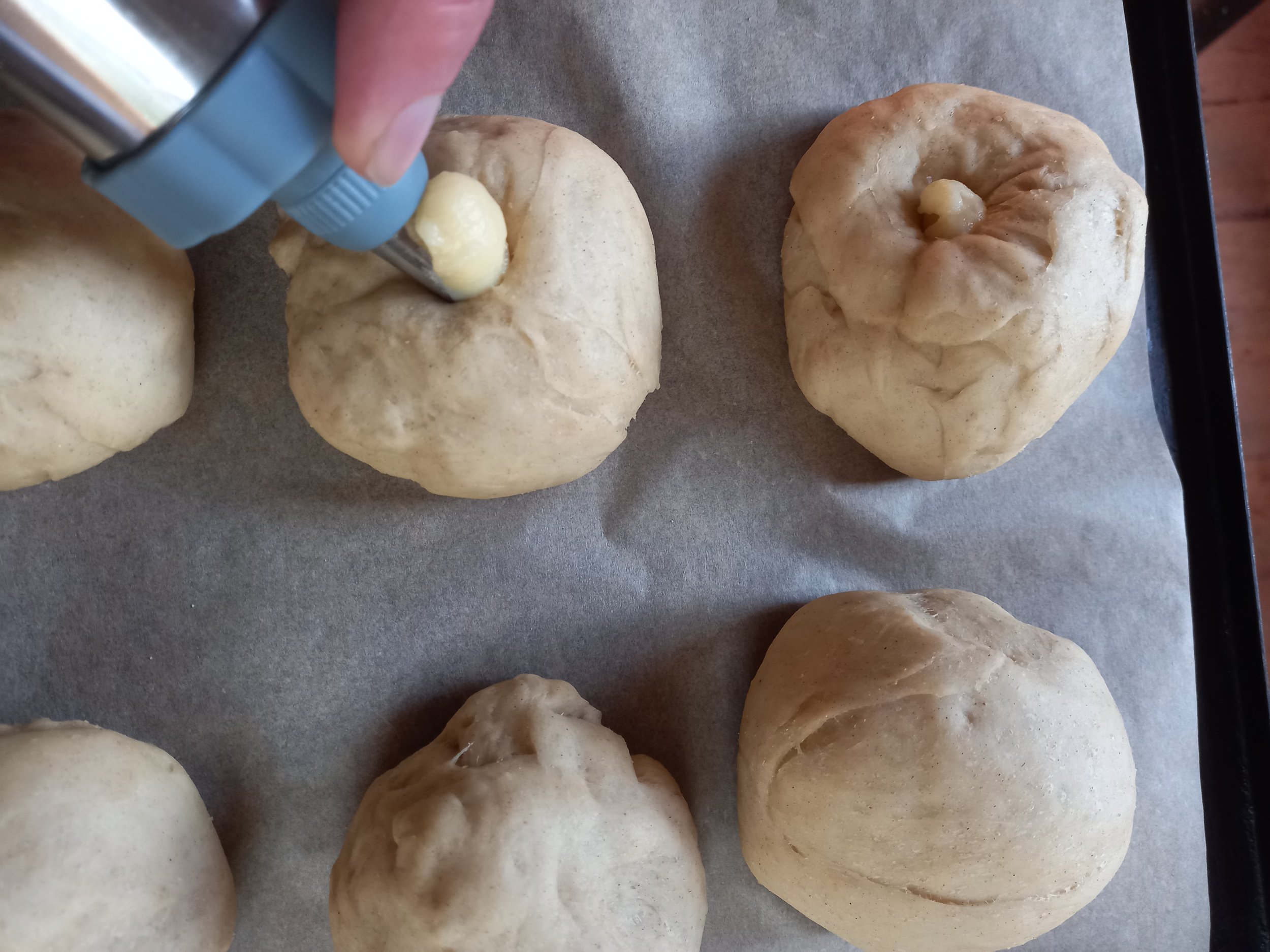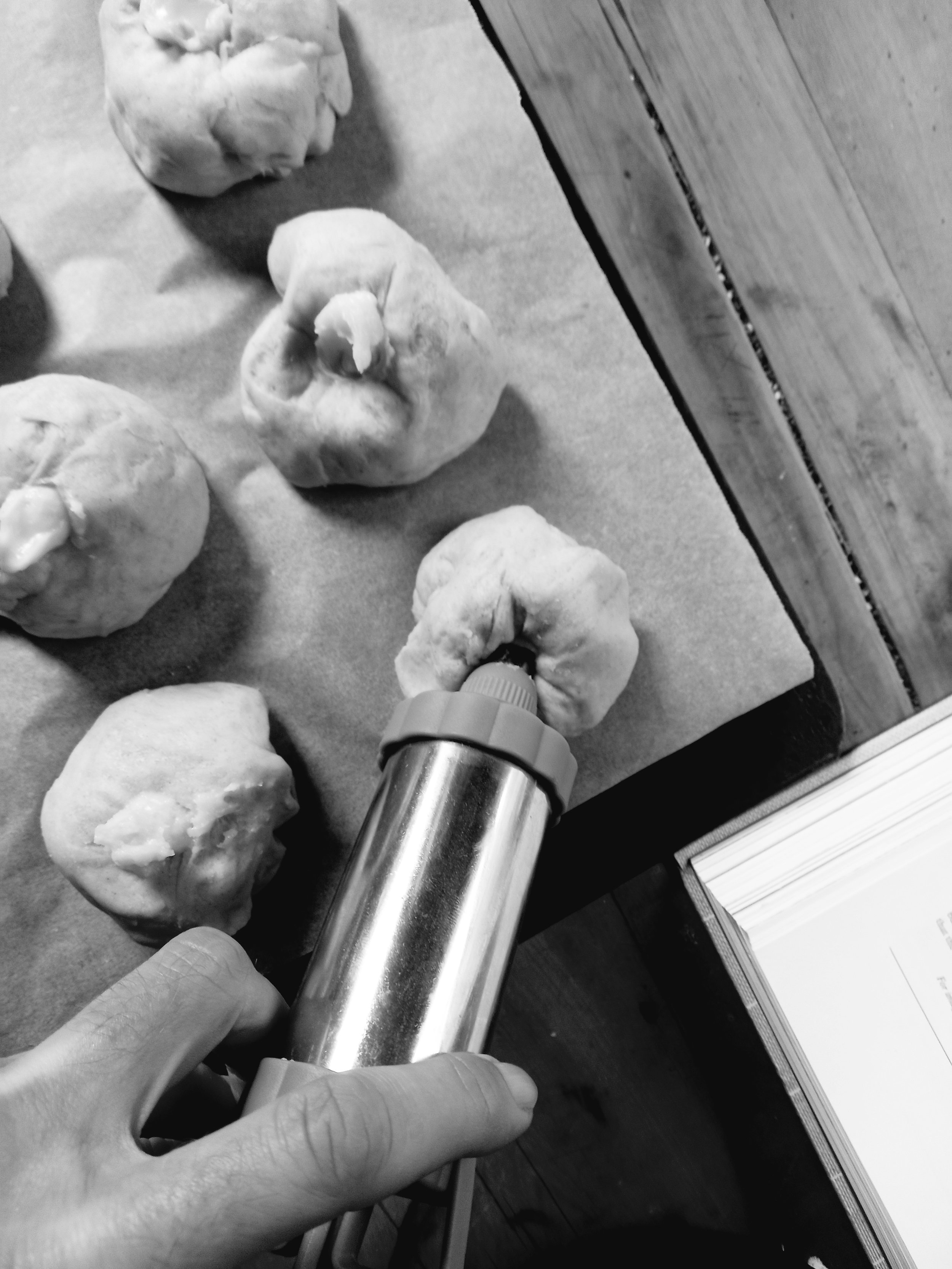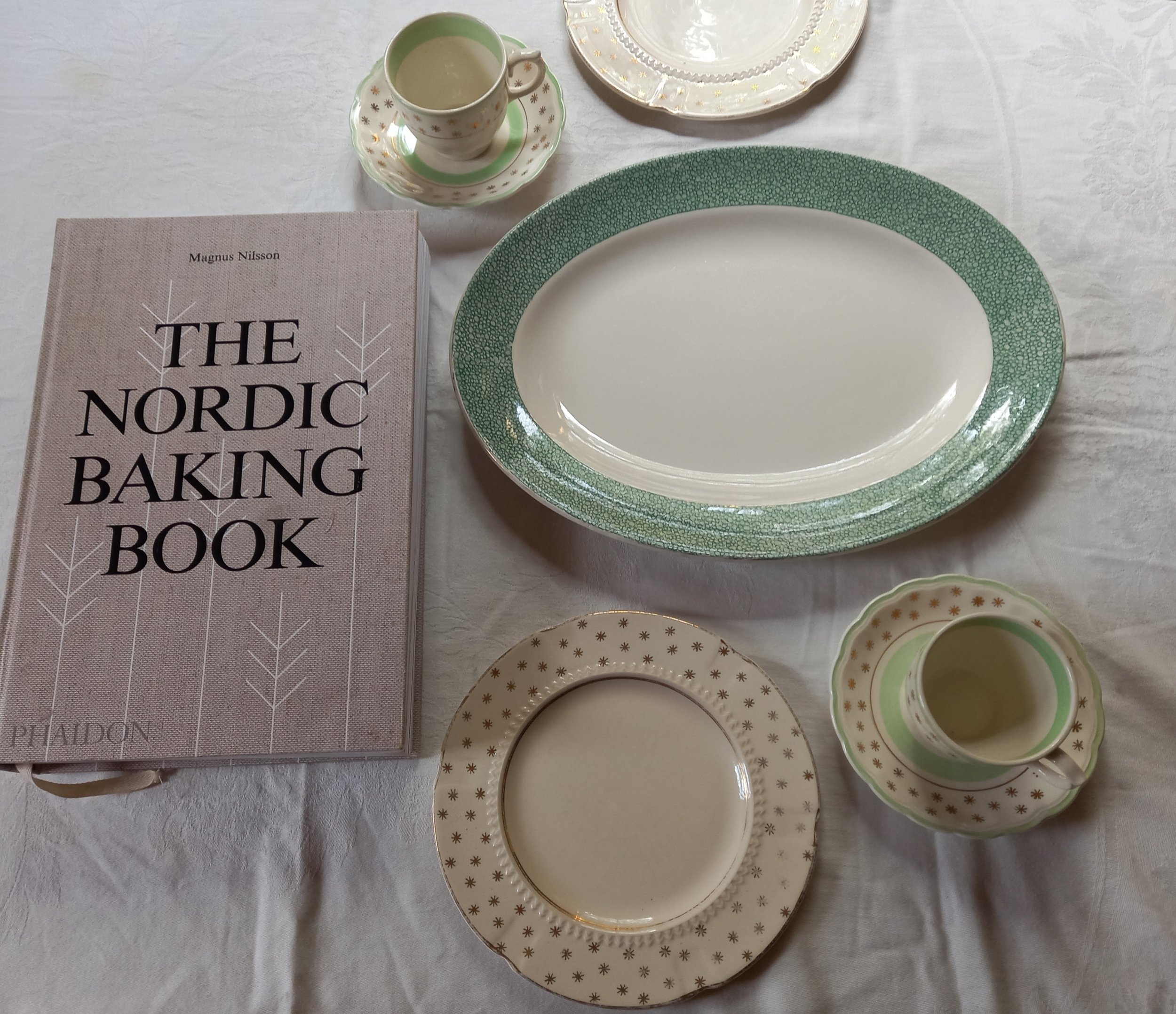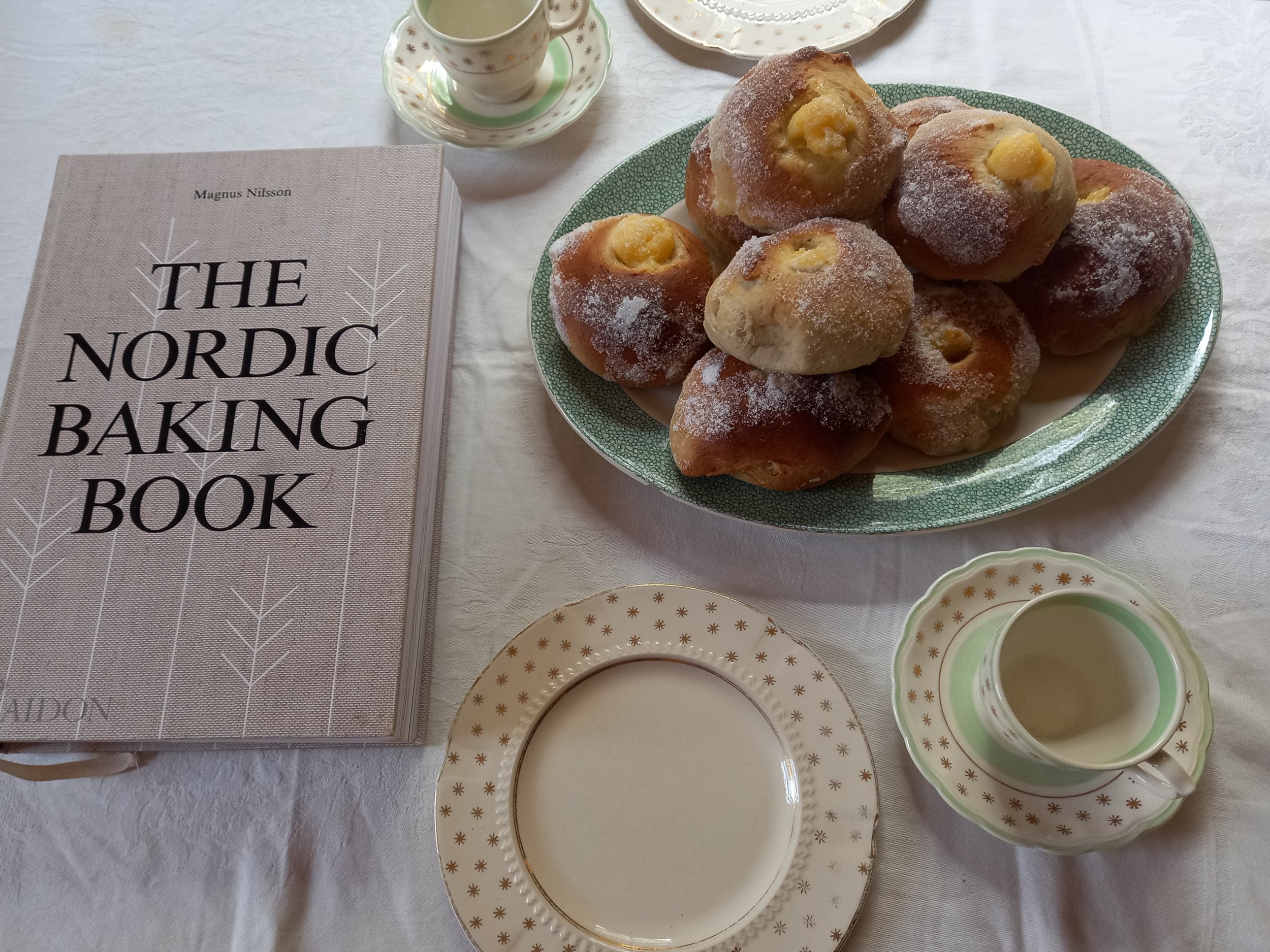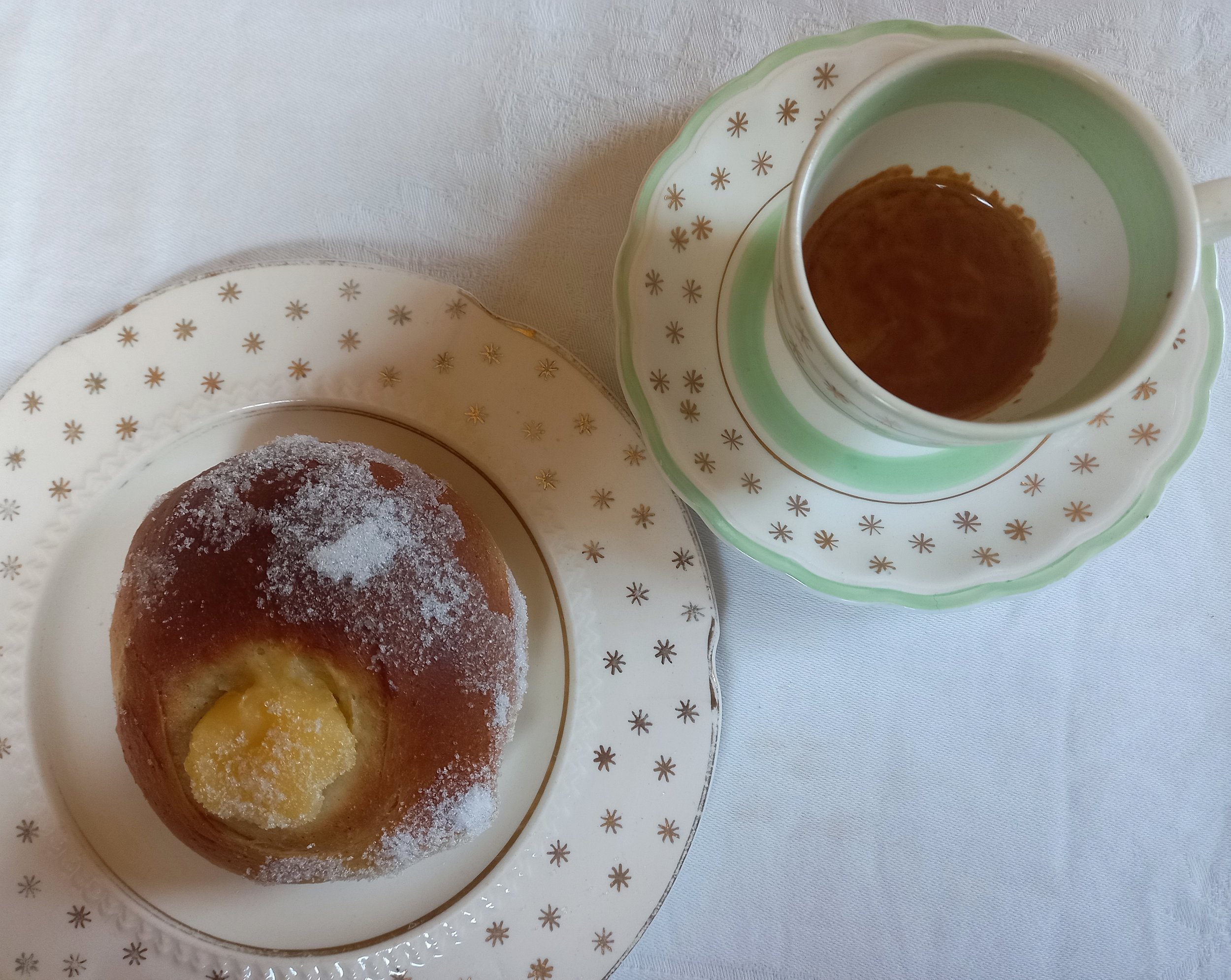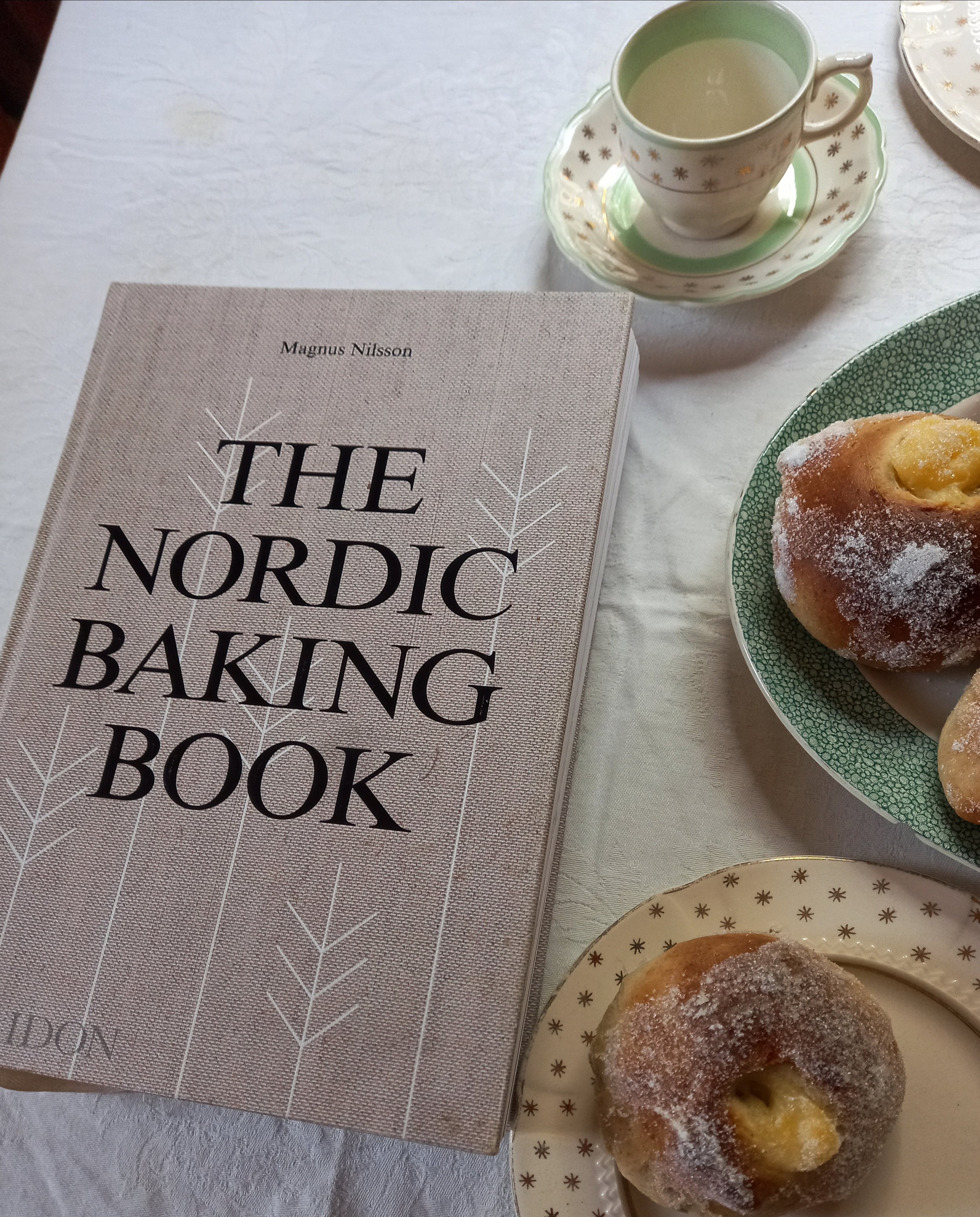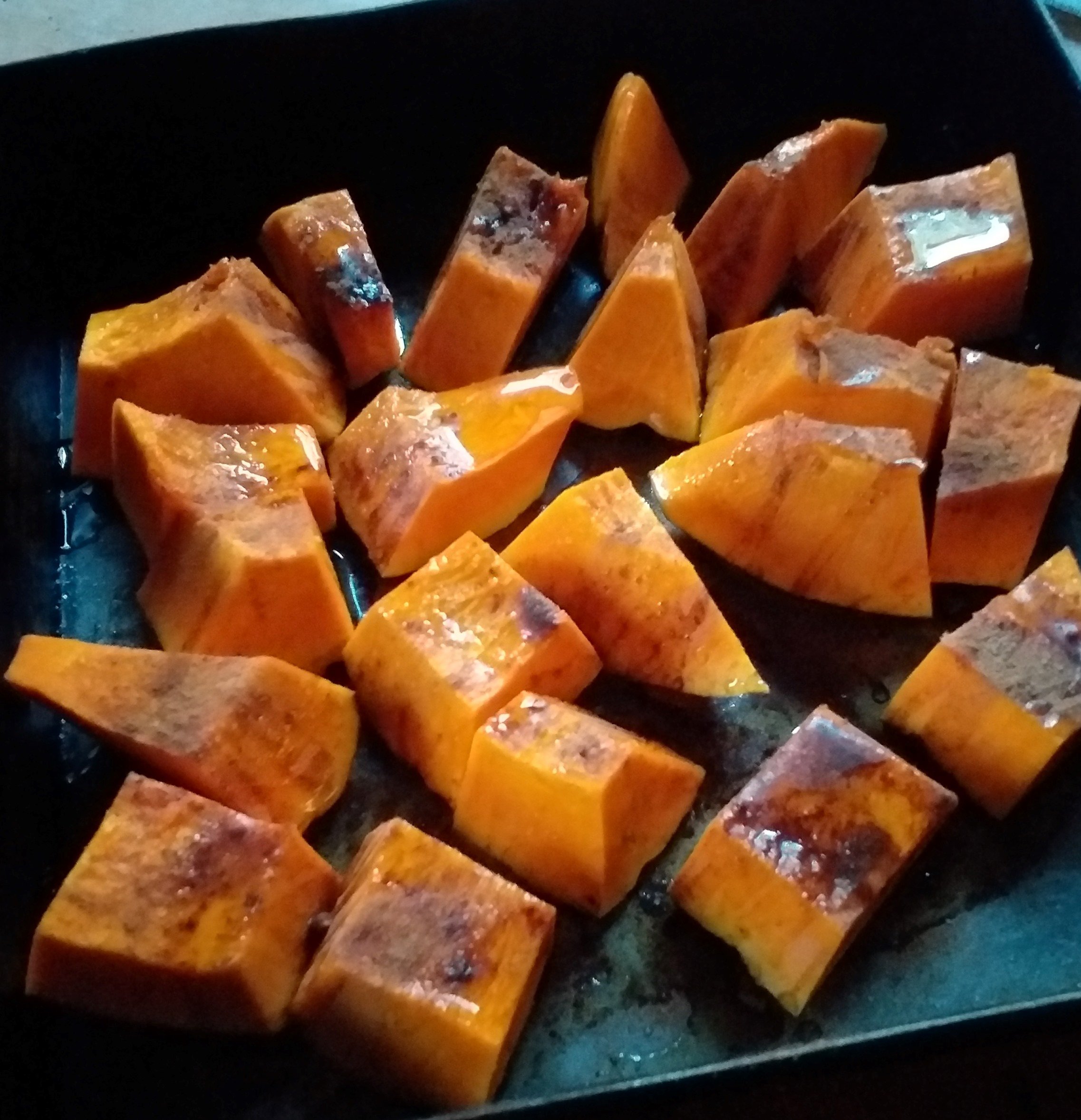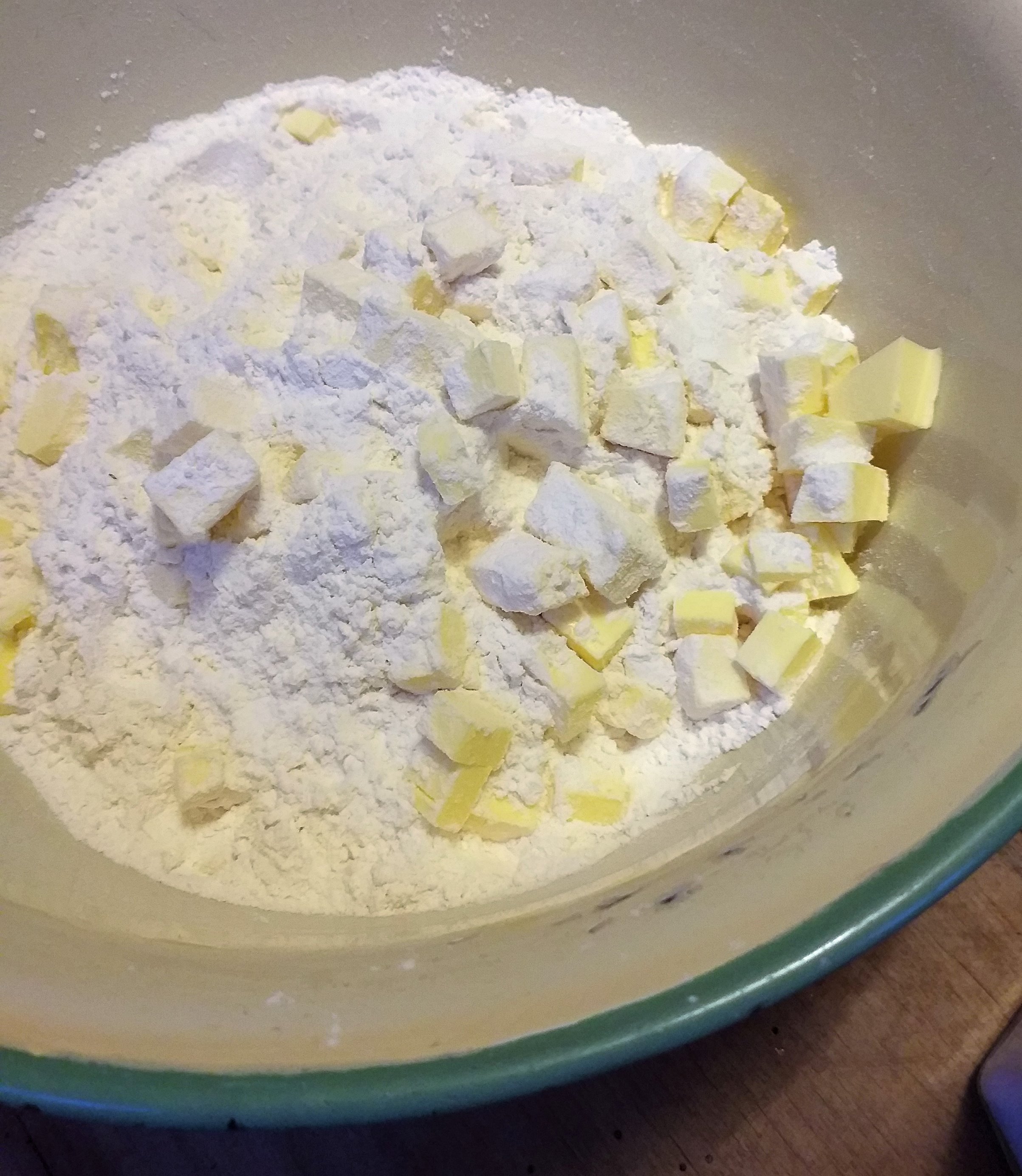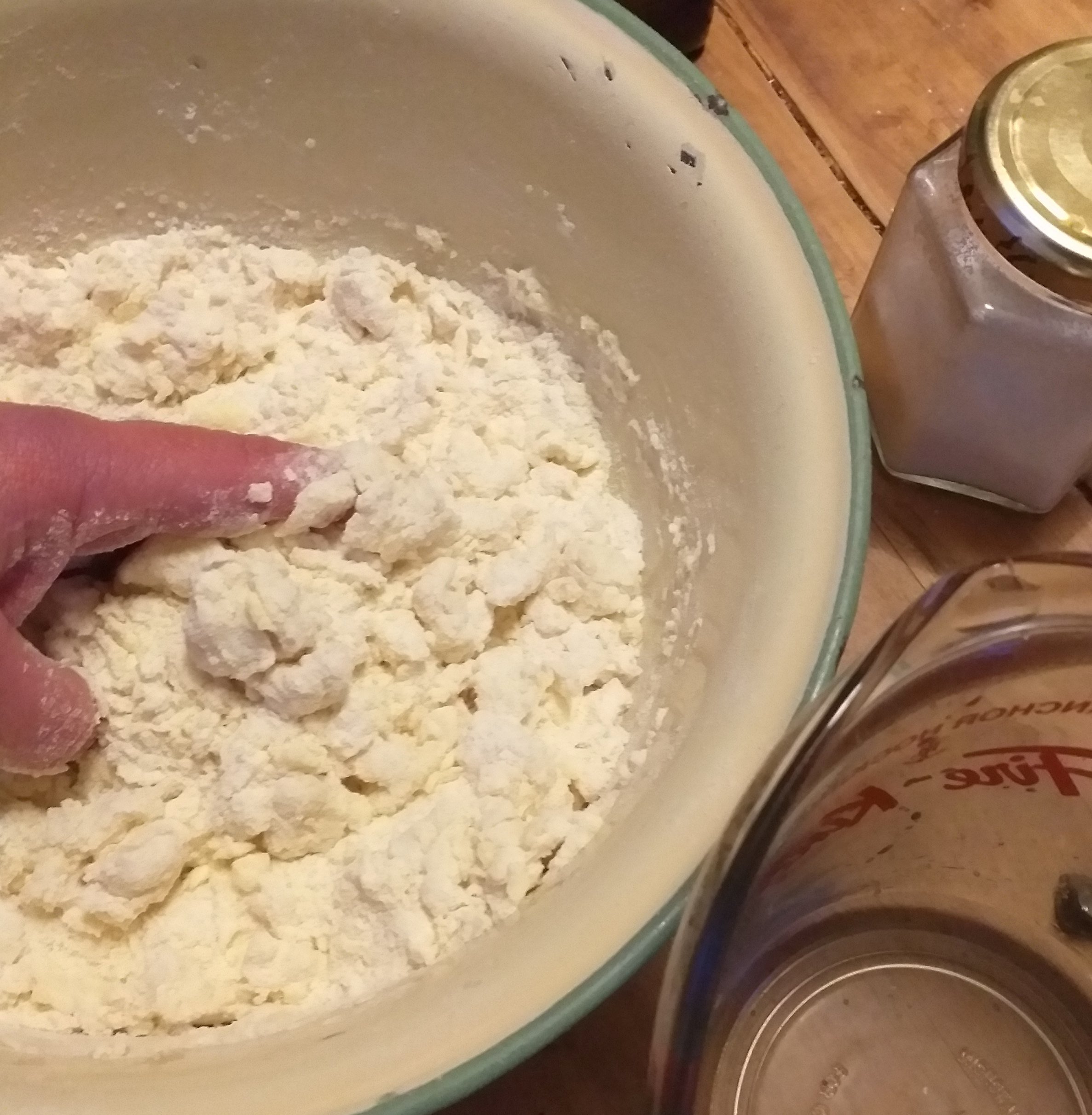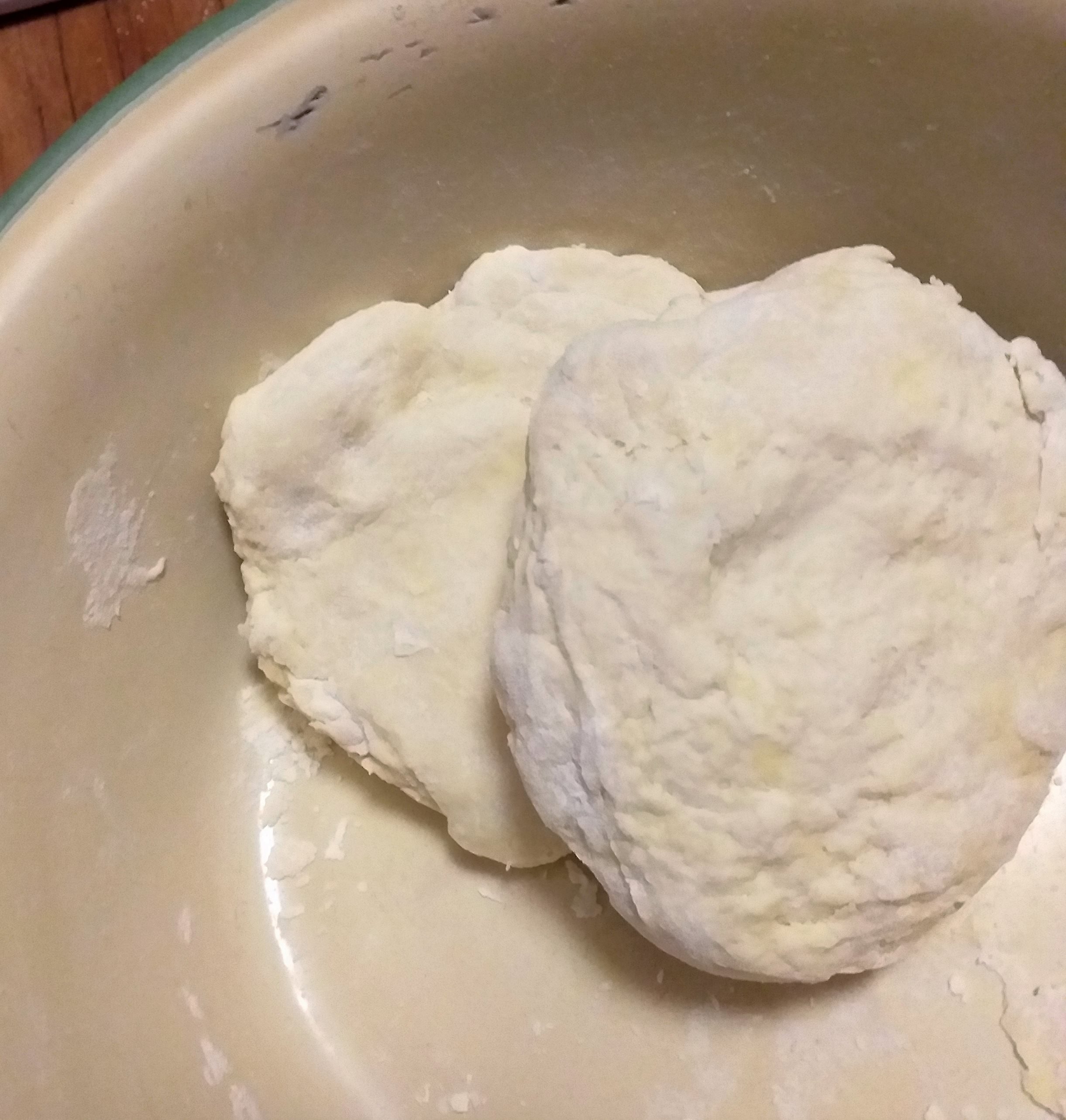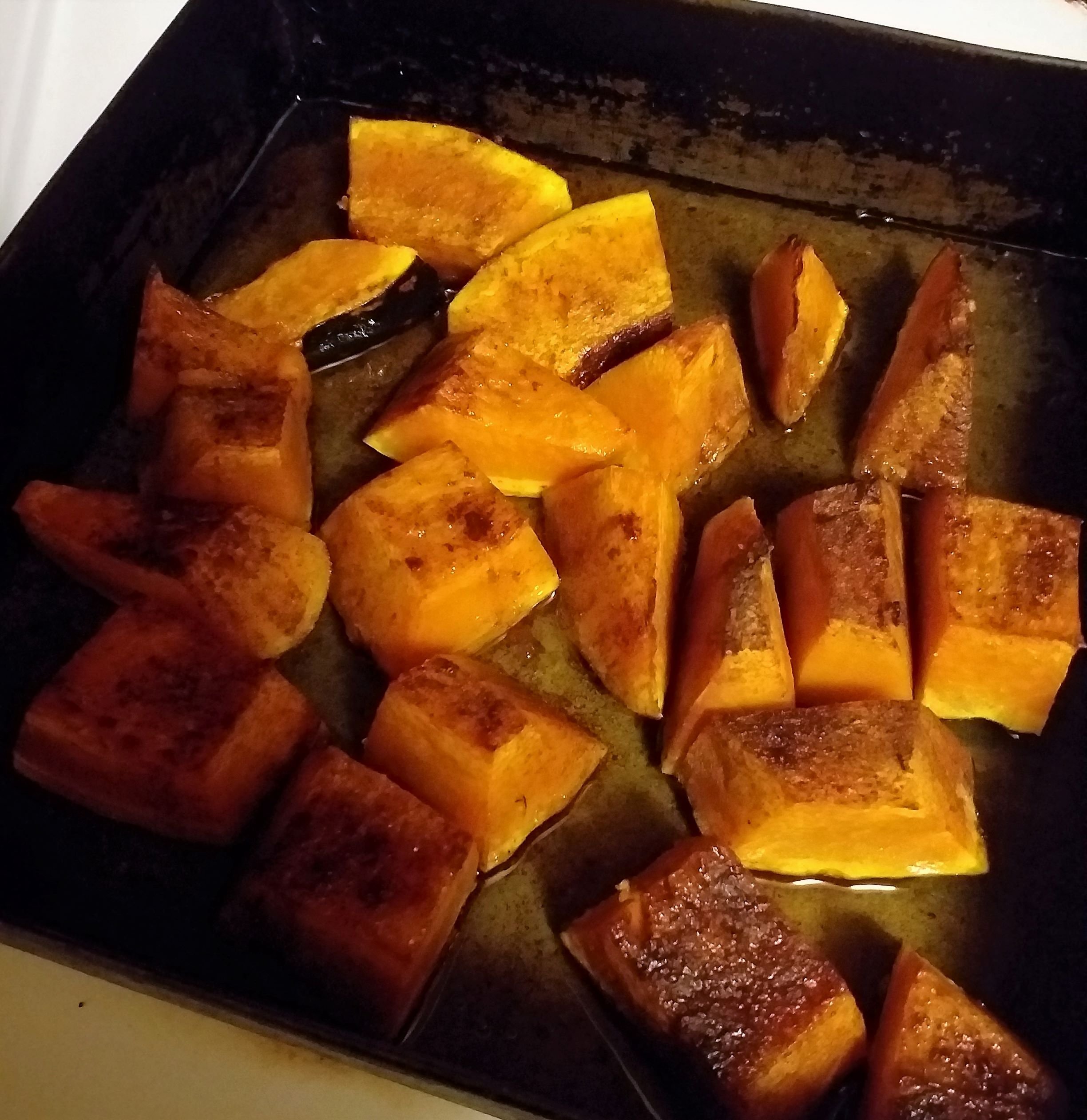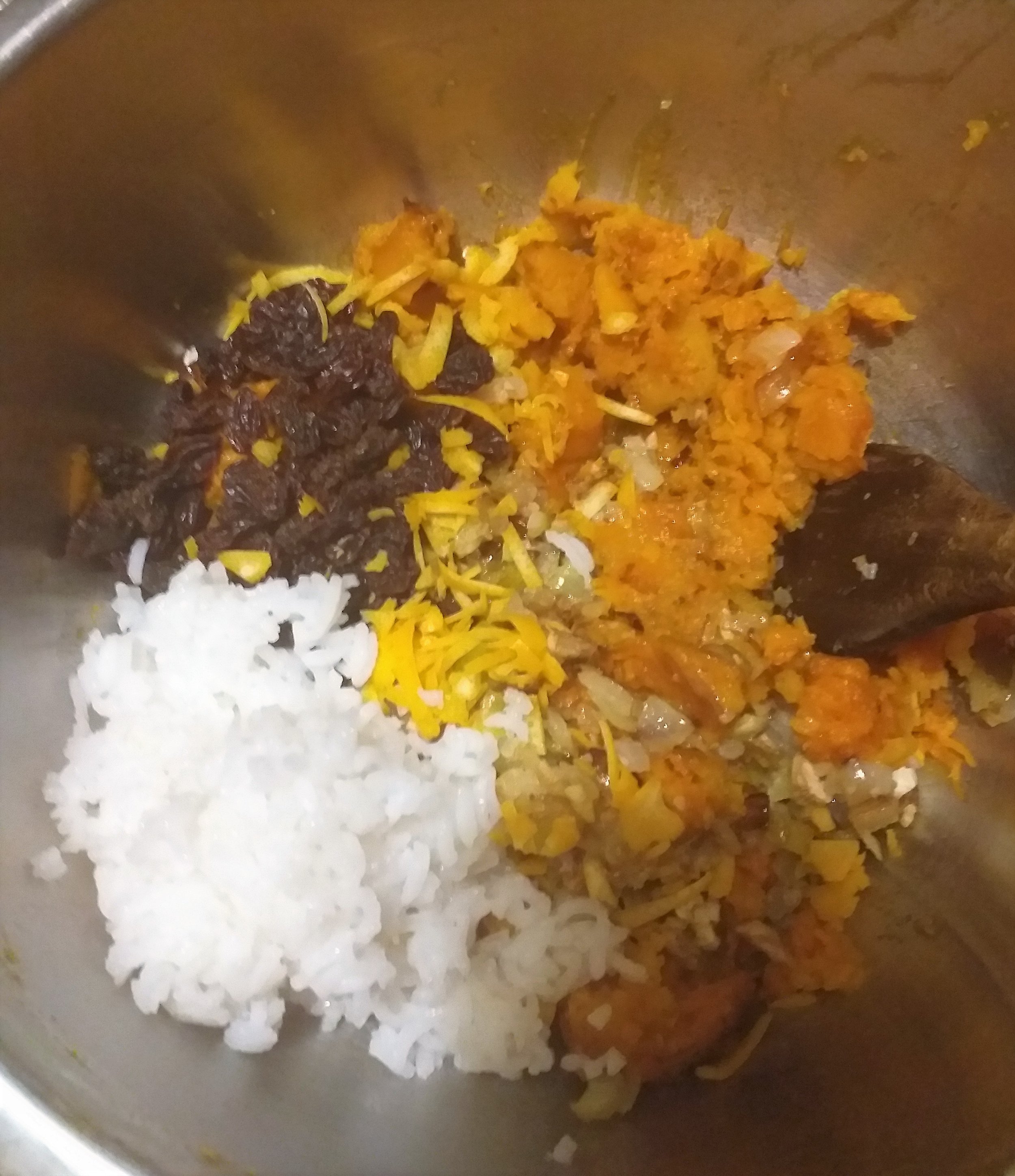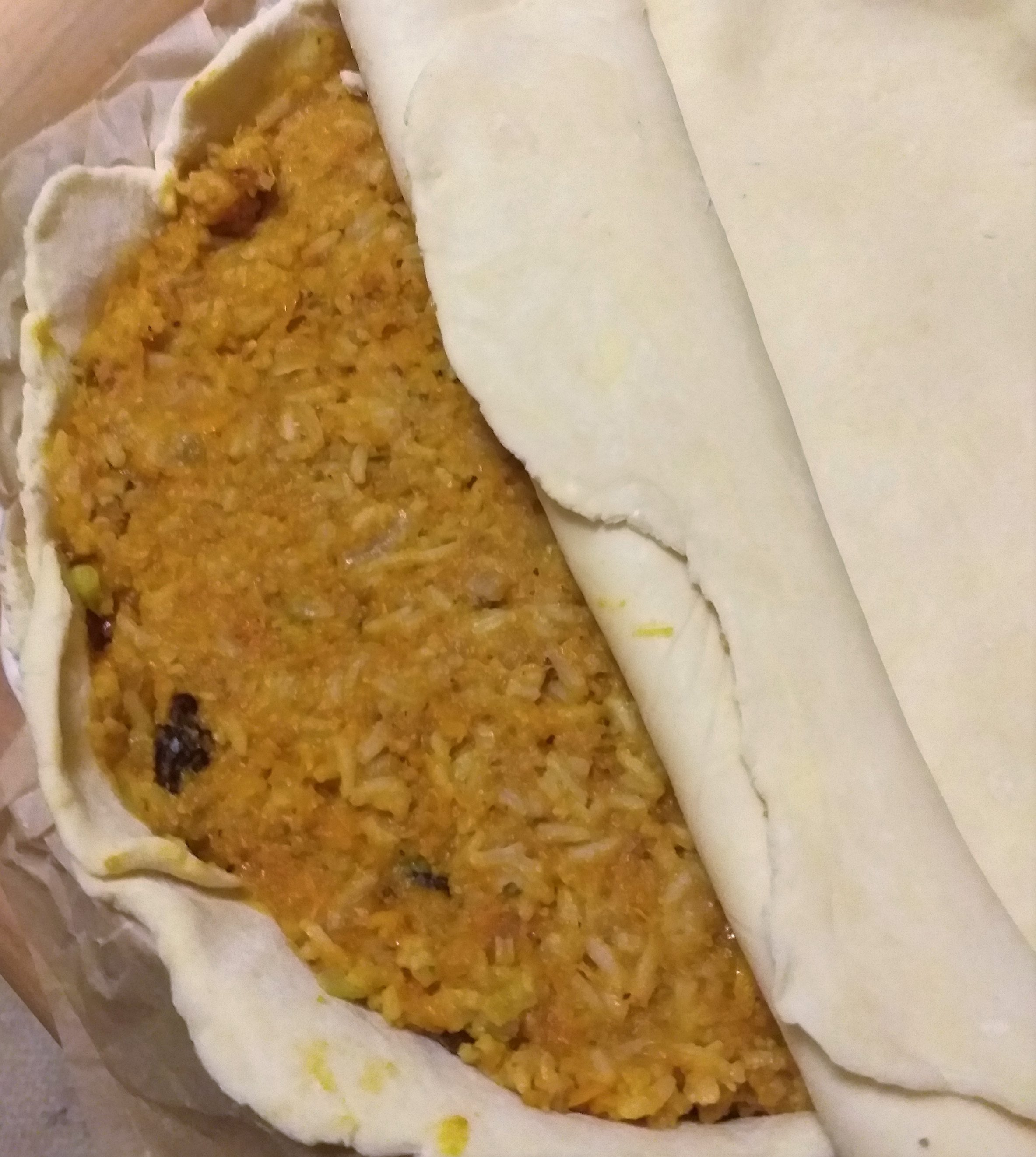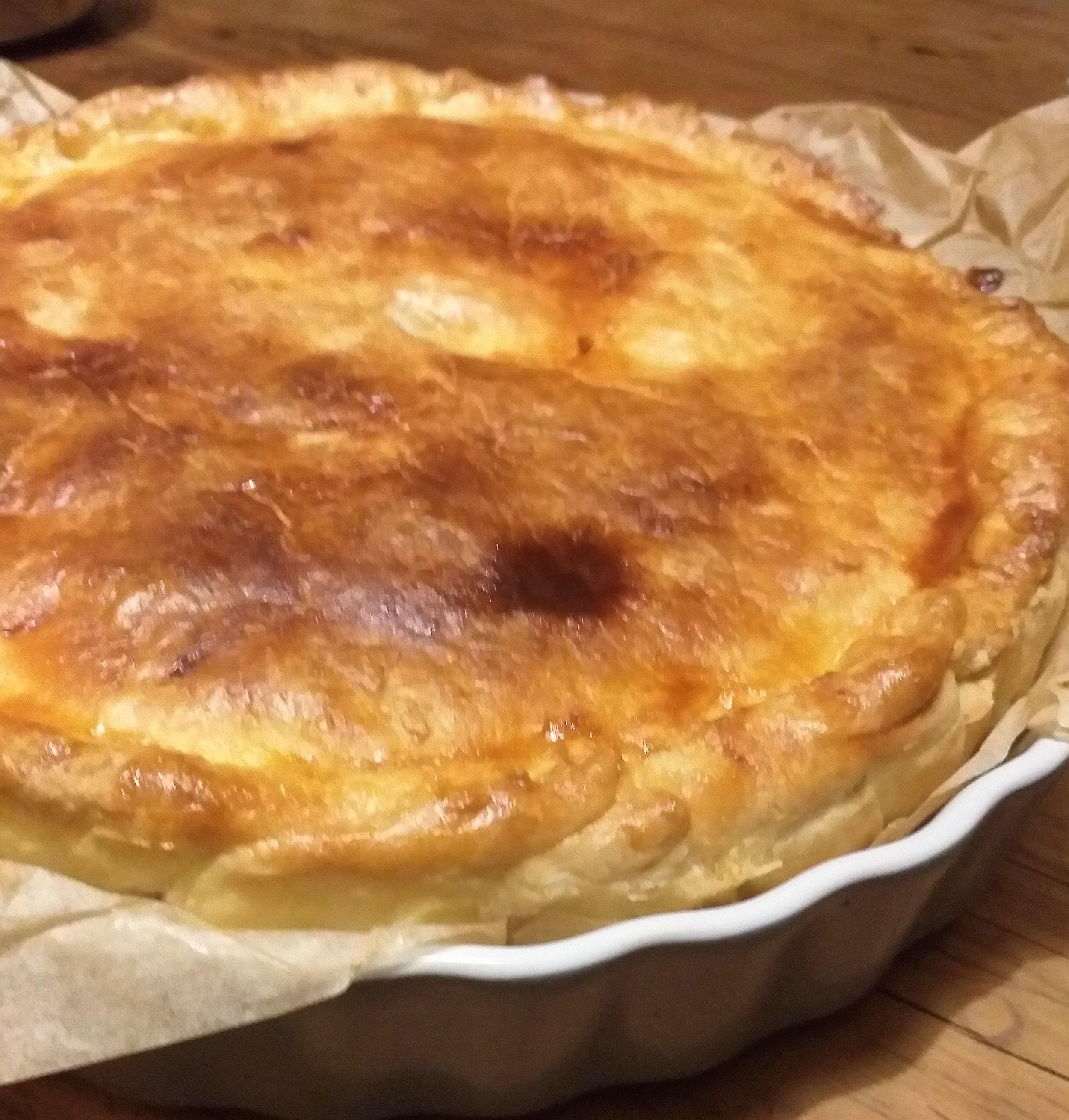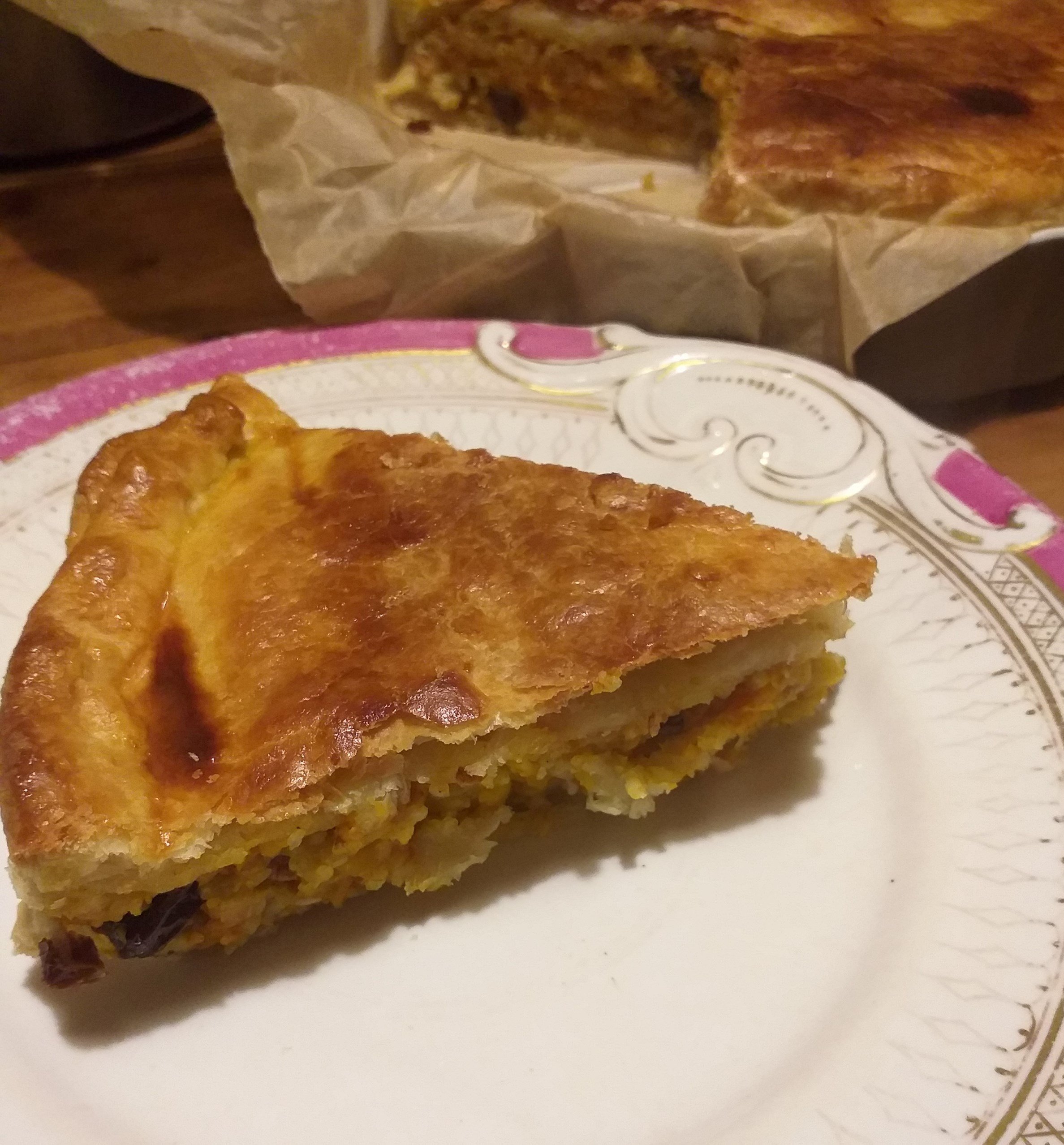A new book is a promise of good times ahead. Click through for your copies:
Little Doomsdays by Nic Low and Phil Dadson $45
It’s said — in the quiet between buses, down the back of the pub, in the hushed elevator rising to the penthouse — that in the late twentieth century an unstable grouping of scholars, writers and fanatics from several Ngāi Tahu hapū in Murihiku created what has come to be known as the Ark of Arks . It’s said that this project aimed to catalogue all known arks from the last five millennia. It was a failed attempt to capture previous civilisations’ failed attempts to preserve whatever was valuable to them: waka huia, time capsules, caches, burial ships, seed banks. … You have found the Ark of Arks. You are reading it now.
The fifth in the ground-breaking Kōrero series conceived and edited by Lloyd Jones, Little Doomsdays is a collaboration between an artist and a writer. This time musician and painter Phil Dadson responds to an innovative text that's steeped in te ao Māori by Ngāi Tahu writer Nic Low. Together they play with the notion of ark and arc in a manner that is at once beguiling and challenging.
”The standard all university presses and publishers of literary works, artists' monographs and photobooks should aspire to.” —PhotoForum
>>Look inside!
>>On the collaboration.
>>Other books in the Kōrero series.
Gordon Walters by Francis Pound $90
In this remarkable study by the late Francis Pound, we are shown the making of a New Zealand modernist. This beautifully presented and deeply researched book traces the work of Gordon Walters (1919-1995), from student charcoal sketches in the 1930s to the revelation of the mature Koru works at the 1966 New Vision Gallery exhibition in Auckland. Pound follows Walters through steps and missteps, explorations and diversions, travel in Aotearoa and overseas, as the artist discovers new forms, invents others and discards many more. Pound looks hard at the paint, the brushes, the rulers, the scrapbooks, to reveal an artist at work. And, resolutely internationalist like the artist, the author provides not only astute insights into Walters' art, but also a guide to the elements and ideas that informed the work — notably, Maori and Pacific art, surrealism, Mondrian, De Stijl, the Bauhaus and Euro-American abstraction, conceptual art and minimalism.
>>Look inside!
The MANIAC by Benjamín Labatut
John von Neumann was a titan of science. A Hungarian wunderkind who revolutionized every field he touched, his mathematical powers were so exceptional that Hans Bethe – a Nobel Prize-winning physicist – thought he might represent the next step in human evolution. After seeking the foundations of mathematics during his youth in Germany, von Neumann emigrated to the United States, where he became entangled in the power games of the Cold War; he designed the world’s first programmable computer, invented game theory, pioneered AI and digital life, and helped create the atomic bombs that destroyed Hiroshima and Nagasaki. He was the darling of the military industrial complex, but when illness unmoored his mind, his work pushed further into areas beyond human comprehension and control. The MANIAC places von Neumann at the center of a literary triptych about the dark foundations of our modern world and the nascent era of AI. It begins with Paul Ehrenfest, an Austrian physicist and close friend of Einstein, who fell into despair when he saw science and technology become tyrannical forces; it ends a hundred years later, in the showdown between the South Korean Go Master, Lee Sedol, and the AI program AlphaGo. Braiding fact with fiction, Benjamín Labatut takes us on a journey to the frontiers of rational thought, where invention outpaces human understanding and offers godlike power, but takes us to the brink of Armageddon. From the author of When We Cease to Understand the World.
”Brilliantly cerebral.” —The Telegraph
”Monstrously good. Reads like a dark foundation myth about modern technology but told with the pace of a thriller.” —Mark Haddon
Te Reo Kapekape: Māori wit and humour by Hona Black $40
Following on from the successful He Iti te Kupu: Māori Metaphors and Similes, Hona Black’s new book explores the rich vein of humour in Māori life. Want to know how to call a silly person a ‘roro hipi / sheep’s brain’, or tell someone to get stuffed in te reo Māori? The answers are all in Te Reo Kapekape (literally, ‘the language of poking fun’), with more than 130 humorous and unique phrases in te reo and English that can be used to describe people, events and actions. The sayings are divided into four chapters — above the hip, below the hip, other phrases, and idioms. Using a cast of characters and dramatised dialogue, Hona explains each phrase and gives examples and suggestions for use — whether to tease, crack a joke or just add some flair to your daily use. This book is a valuable resource for anyone wanting to spice up their te reo or English with some fun and cheeky sayings, and will appeal to both language learners and fluent speakers of Māori.
Rewi: Āta haere, kia tere by Jade Kake and Jeremy Hansen $75
A fully-illustrated and beautifully designed tribute to the late architect Rewi Thompson (Ngāti Porou, Ngāti Raukawa), a visionary thinker who believed that great architecture is crafted through careful consideration of people and place, and who was instrumental in exploring how our built environments could better express te ao Māori. This book brings together a breathtaking range of his projects, from conceptual dreamscapes to one-of-a-kind homes. It is written by one of the rising stars of architecture and a well-known commentator on urban issues, and includes interviews with those who worked with him.
”This important study punctures conventional ideas of Indigenous design to reveal a complex, multifaceted thinker, deeply engaged in both expressive and pragmatic architecture.” —Cathleen McGuigan
>>Look inside!
Ziggle! The Len Lye art activity book by Rebecca Hawkes $35
As lively and unconventional as the artist himself, this art activity book brimming with ideas and inspiration has been developed by the team at the Len Lye Centre in New Plymouth, who work with the thousands of children every year and really understand how the great New Zealand artist Len Lye's approach to art sets young minds abuzz and alive. With 65 activities, and a running narrative thread about Lye's fascinating life, it offers hours of fun to young readers, their whanau and teachers.
>>Look inside!
Commune: Chasing a utopian dream in Aotearoa by Olive Jones $40
In 1979, teenager Olive Jones was one of a group of hippies, idealists, and subsistence farmers that set up an alternative community on a farm in the Motueka Valley near Nelson. Influenced by the countercultural movement sweeping the country during the 1970s and 80s, they were part of a widespread interest in communal living, a generation of young people inspired to reject mainstream culture. These experiments in communal living were an attempt to achieve social, sexual and physical liberation from the 'uptight' world they grew up in. This book documents the rise and fall of Olive Jones's community, Graham Downs. Achieving self-sufficiency was a hugely rewarding experience, using draft horses to carry out old-world methods of farming, building shelters by hand and growing enough food to support a fluctuating population of assorted hippies, nutters, spiritual seekers and dreamers, who all arrived eager to participate in the dream. Ultimately, however, this unstructured community, without rules and membership, failed to fulfil the early vision. Olive Jones's memoir recalls the dreams, the madness, the humour and hard work of living an alternative lifestyle.
All the Little Bird-Hearts by Viktoria Lloyd-Barlow $38
Sunday Forrester lives with her sixteen-year-old daughter, Dolly, in the house she grew up in. She does things more carefully than most people. On quiet days, she must eat only white foods. Her etiquette handbook guides her through confusing social situations, and to escape, she turns to her treasury of Sicilian folklore. The one thing very much out of her control is Dolly — her clever, headstrong daughter, now on the cusp of leaving home. Into this carefully ordered world step Vita and Rollo, a couple who move in next door, disarm Sunday with their charm, and proceed to deliciously break just about every rule in Sunday's book. Soon they are in and out of each others' homes, and Sunday feels loved and accepted like never before. But beneath Vita and Rollo's polish lies something else, something darker. For Sunday has precisely what Vita has always wanted for herself: a daughter of her own. Long-listed for the 2023 Booker Prize.
”Viktoria Lloyd-Barlow's is a distinct and poetic new voice. This novel about the complex desires behind our closest relationships is undercut with the darkness of Sicilian folklore: the fisherman who promises away his child; the lover who is a wolf; a caged magpie; burning fields.” —Clare Pollard
>>Lloyd-Barlow’s experience as an autistic writer.
>>Read an extract.
The Fraud by Zadie Smith $37
Who deserves to tell their story — and who deserves to be believed? It is 1873. Mrs Eliza Touchet is the Scottish housekeeper — and cousin by marriage — of a once-famous novelist, now in decline, William Ainsworth, with whom she has lived for thirty years. Mrs Touchet is a woman of many interests: literature, justice, abolitionism, class, her cousin, his wives, this life and the next. But she is also sceptical. She suspects her cousin of having no talent; his successful friend, Mr Charles Dickens, of being a bully and a moralist; and England of being a land of facades, in which nothing is quite what it seems. Andrew Bogle meanwhile grew up enslaved on the Hope Plantation, Jamaica. He knows every lump of sugar comes at a human cost. That the rich deceive the poor. And that people are more easily manipulated than they realise. When Bogle finds himself in London, star witness in a celebrated case of imposture, he knows his future depends on telling the right story. The 'Tichborne Trial' captivates Mrs Touchet and all of England. Is Sir Roger Tichborne really who he says he is? Or is he a fraud? Mrs Touchet is a woman of the world. Mr Bogle is no fool. But in a world of hypocrisy and self-deception, deciding what is real proves a complicated task. Based on the actual Tichborne case.
>>On killing Charles Dickens.
>>”I really want to write the books I want to write before I die.”
>>”Any writer who lives in England will sooner or later find herself writing a historical novel.”
>>Avoiding anachronism.
>>A legal cause célèbre.
Root Leaf Flower Fruit: A verse novel by Bill Nelson $30
A woman lies helpless after a stroke, her family gathered. Her grandson, healing slowly from a head injury after coming off his bike, takes leave from his job and family to prepare her rundown house and farm for sale. As he works, he sifts through what remains of his grandmother’s daily life. Then, after an auction result for which he was not prepared, and echoing her desperate flight years earlier, his uncertain return leads to a haunting and unguessable destination. Root Leaf Flower Fruit is a verse novel about slow time – the turning of the seasons, the farming of land, the generations of a family – and about sudden, devastating interruptions.
”This book kept surprising me. I loved its fascination with the body’s sleights of hand, and the careful attention it paid to childhood, memory and other buried things.” —Anna Smaill
”Root Leaf Flower Fruit seems to me to be a sort of Pākehā whakapapa, or a yearning for it, and a commentary on the ways in which Pākehā reach for connection to place and people but sometimes miss. The most beautiful passages describe the body failing while the whenua continues its seasonal rotation. I was completely absorbed by this story song of a grandson and grandmother trying to connect both to the world around them and to their sense of self.” —Tina Makereti
Wittgenstein’s Mistress by David Markson $35
Composed of a series of short first-person statements concerning mundane or cultural or philosophical topics and personages, this remarkable novel purports to be the work of a woman who believes herself to be the last human left on earth, though whether this is actually the case or is evidence of an insane solipsism is never resolved, and is, in any case, not relevant to the novel’s exploration of loneliness, the uses and unreliability of memory, the transience of cultural constructs and of those who labour at their construction. The character unpacks the mental baggage of a lifetime and leaves us acutely aware of the illusory nature of our freedoms and of the fragility of personhoods. Back in print at last. Highly recommended.
”Pretty much the high point of experimental fiction in this country." — David Foster Wallace
>>A postmodern turn.
>>Reviewed in 1988.
The Stuff of Life by Timothy Morton $33
There are many ways of telling the story of a life and how we've got to where we are. The questions of why and how we think the way we do continues to preoccupy philosophers. In The Stuff of Life, Timothy Morton chooses the objects that have shaped and punctuated their life to tell the story of who they are and why they might think the way they do. These objects are 'things' in the richest sense. They are beings, non-human beings, that have a presence and a force of their own. From the looming expanse of Battersea Power Station to a packet of anti-depressants and a cowboy suit, Morton explores why 'stuff' matters and the life of these things have so powerfully impinged upon their own. Their realization, through a concealer stick, that they identify as non-binary reveals the strange and wonderful ways that objects can form our worlds. Part memoir, part philosophical exploration of the meaning of a life lived alongside and through other things, Morton asks us to think about the stuff, things, objects and buildings that have formed our realities and who we are and might be.
>>I, Object.
The Bone Tree by Airana Ngarewa $38
After the death of both parents, Kauri and Black must find a way to survive in a world that doesn't care much about them. Kauri embarks on a journey into his father's past, to come to terms with the trauma he's experienced in his short life, and to break the cycle of violence he fears perpetuating as he raises his younger brother. The Bone Tree is a gritty coming of age novel, where the unforgettable young protagonist faces immense challenges, and the stakes are life or death — yet it also has a message of love at its heart. It gives voice to characters who are on the margins of society in Aotearoa, raised in poverty, and who have a deep mistrust in the systems that are meant to protect them — and it considers the question of how we can best protect the ones we love.
Loaded: The life (and afterlife) of The Velvet Underground by Dylan Jones $40
This definitive oral history of The Velvet Underground draws on contributions from remaining members, contemporaneous musicians, critics, film-makers, and the generation of artists who emerged in their wake, to celebrate not only their impact but their legacy, which burns brightly into the 21st century. Crystallising the idea of the bohemian, urban, narcissistic art school gang, around a psychedelic rock and roll band — a stylistic idea that evolved in the rarefied environs of Andy Warhol's Factory — The Velvets were the first major American rock group with a mixed gender line-up; they never smiled in photographs, wore sunglasses indoors, and in the process invented the archetype that would be copied by everyone from Sid Vicious to Bobby Gillespie. They were avant-garde nihilists, writing about drug abuse, prostitution, paranoia, and sado-masochistic sex at a time when the rest of the world was singing about peace and love. In that sense they invented punk. Drawing on interviews and material relating to all major players from Lou Reed, John Cale, Mo Tucker, Andy Warhol, Jon Savage, Nico, David Bowie, Mary Harron and many more, award-winning journalist Dylan Jones breaks down the band's whirlwind of subversion in a narrative rich in drama and detail, with an irresistible narrative pull.
>>’Venus in Furs’ live.
>>’White Light, White Heat’ live, 1968.
The Passenger: Nigeria $37
Since gaining independence from the UK, Nigeria has been in a state of permanent crisis. Dependence on oil is the glue that has kept together a country deeply divided but obsessed with an ideal of ‘national unity’. But this dependence has eroded institutions, compromised socio-economic development, caused corruption, coup d'etats, and environmental disasters. The arrival of democracy in the 90s failed to bring much improvement. It's estimated that over 100 million Nigerians live under the poverty threshold. Violence is widespread: from the Boko Haram terrorists to the armed secessionist movements and the growing scourge of kidnappings. How to live in a country where the state is absent? In these circumstances, Nigerians bring out all their dynamism, entrepreneurial skills, and their inventiveness. As the generation of generals who governed the country for 60 years dies out, and younger citizens refuse to ignore injustice and violence, the hope is born that a new, vibrant generation will take the country's future into their hands. And, as they are accustomed to doing, fix it.
”The Passenger has a strong focus on storytelling, with pages given over to a mix of essays, playlists and sideways glances at subcultures and thorny urban issues.” —MONOCLE
”Half-magazine, half-book. Think of The Passenger as an erudite and literary travel equivalent to National Geographic, with stunning photography and illustration and fascinating writing about place.” —independent.ie
>>Look inside.
Dust: The story of the modern world in a trillion particles by Jay Owens $40
Four-and-a-half billion years ago, Planet Earth was formed from a vast spinning nebula of cosmic dust, the detritus left over from the birth of the sun. Within the next hundred years, human life on swathes of the earth's surface will also end, in a haze of heat, drought and, again, dust. Dust is the legacy of twentieth-century progress and a profound threat to life in the twenty-first. And yet it's something we hardly ever consider — so small and so mundane as to be beyond the threshold of thought.All of history is recorded in the dust we create: the pollution we make, the fires we start, the chemicals we use, the volcanos that erupt.
”Dust is unmistakably a major book. This is a book with an extraordinary global story to tell, but — and — also with an ethical argument to advance. - Robert Macfarlane
Alias Anna: A true story of outwitting the Nazis by Susan Hood and Greg Dawson $20
She wouldn’t be Zhanna. She’d use an alias. A for Anna. A for alive. When the Germans invade Ukraine, Zhanna, a young Jewish girl, must leave behind her friends, her freedom, and her promising musical future at the world’s top conservatory. With no time to say goodbye, Zhanna, her sister Frina, and their entire family are removed from their home by the Nazis and forced on a long, cold, death march. When a guard turns a blind eye, Zhanna flees with nothing more than her musical talent, her beloved sheet music, and her father’s final plea: I don’t care what you do. Just live. An incredible true story told in verse about sisterhood, survival, and music, written in collaboration with Zhanna’s son, Greg Dawson.
Tramping in Aotearoa: New Zealand’s top 45 tracks by Shaun Barnett $50
A revised and improved edition of this outstanding tramping guide. The tramps covered include New Zealand’s great walks, such as the Milford Track, the Routeburn and the Tongariro Northern Circuit, and many other trips from both north and south, such as the Kauearanga Kauri Trail in the Coromandel, the Travers-Sabine Circuit in Nelson Lakes, and the newer Old Ghost Road in Kahurangi and the Paparoa Track. Well illustrated with photographs and maps.
>>Look inside.
